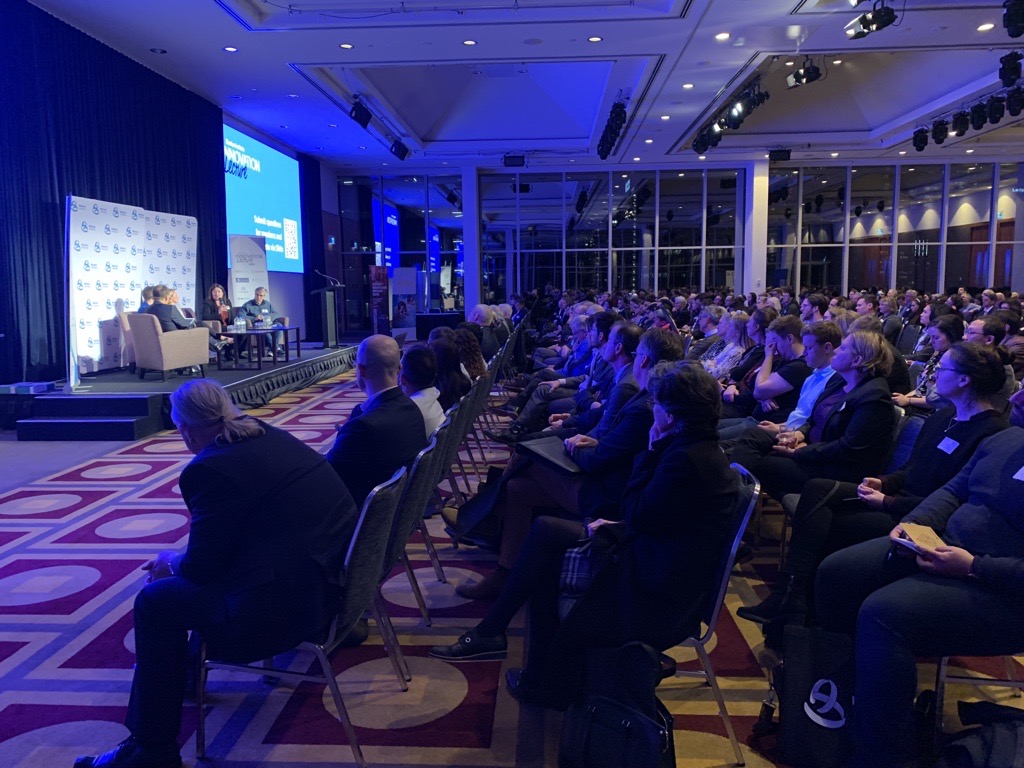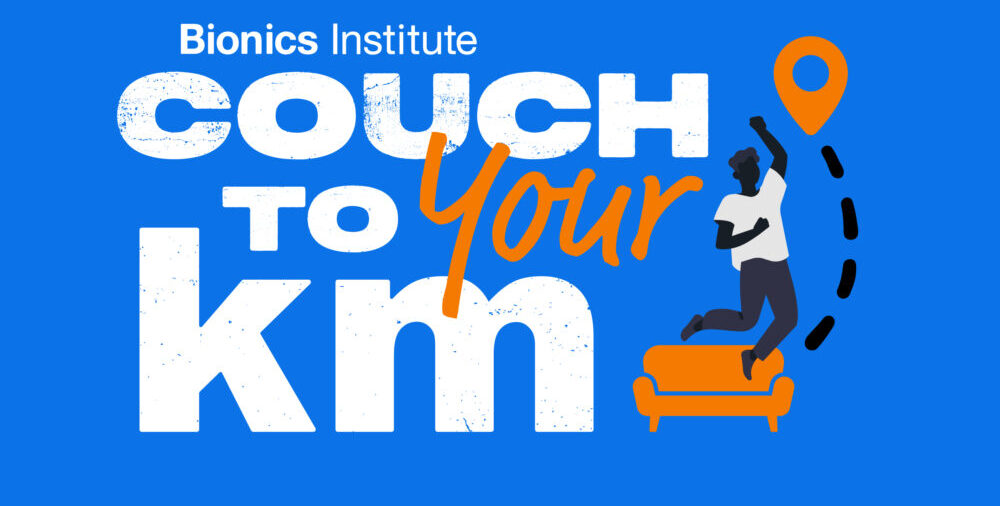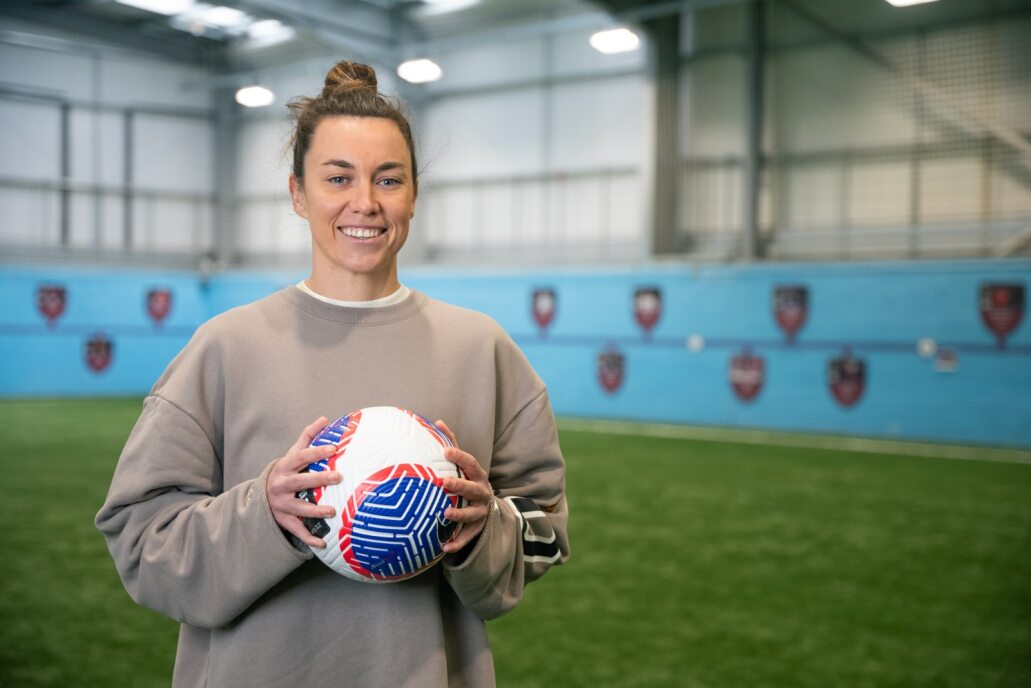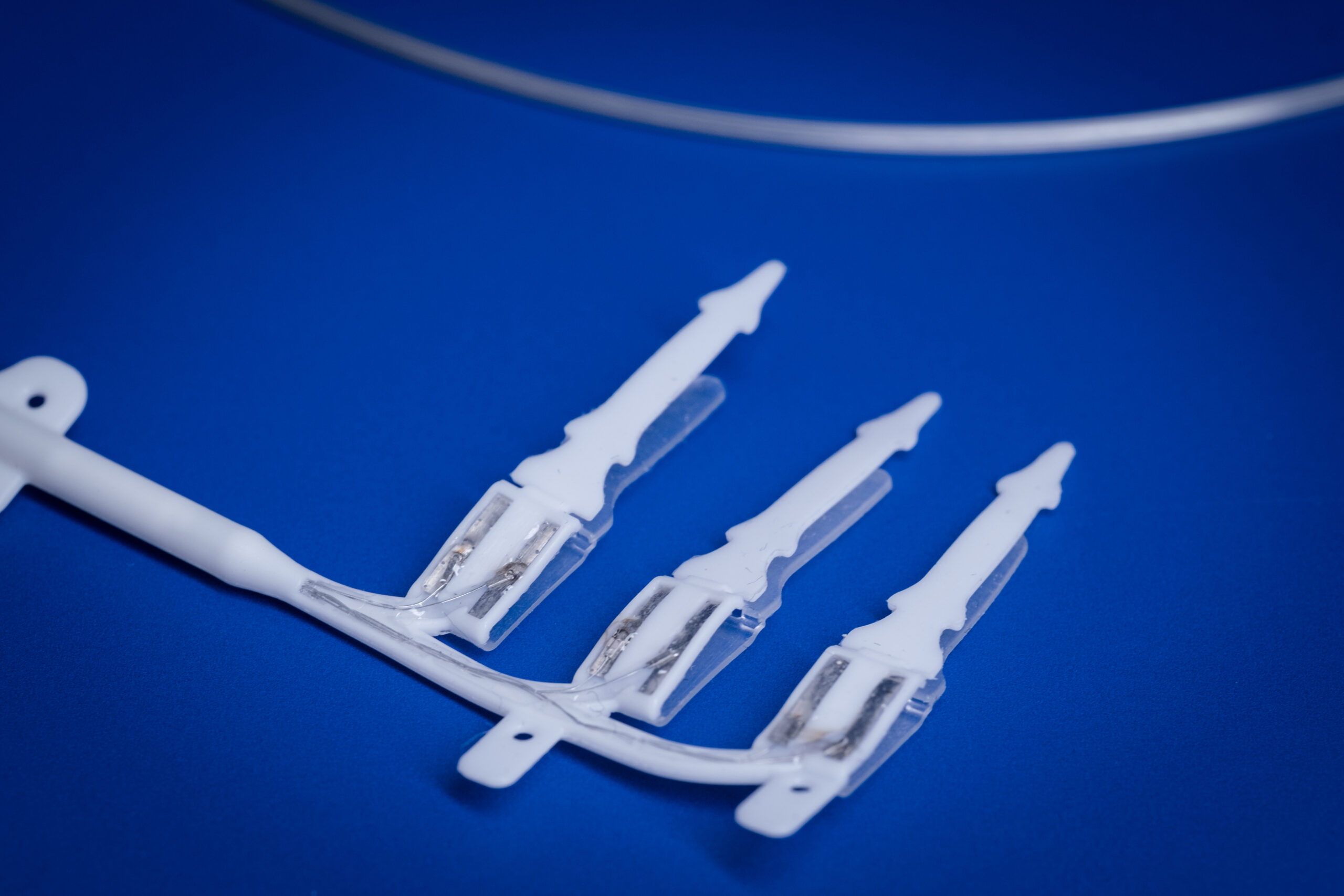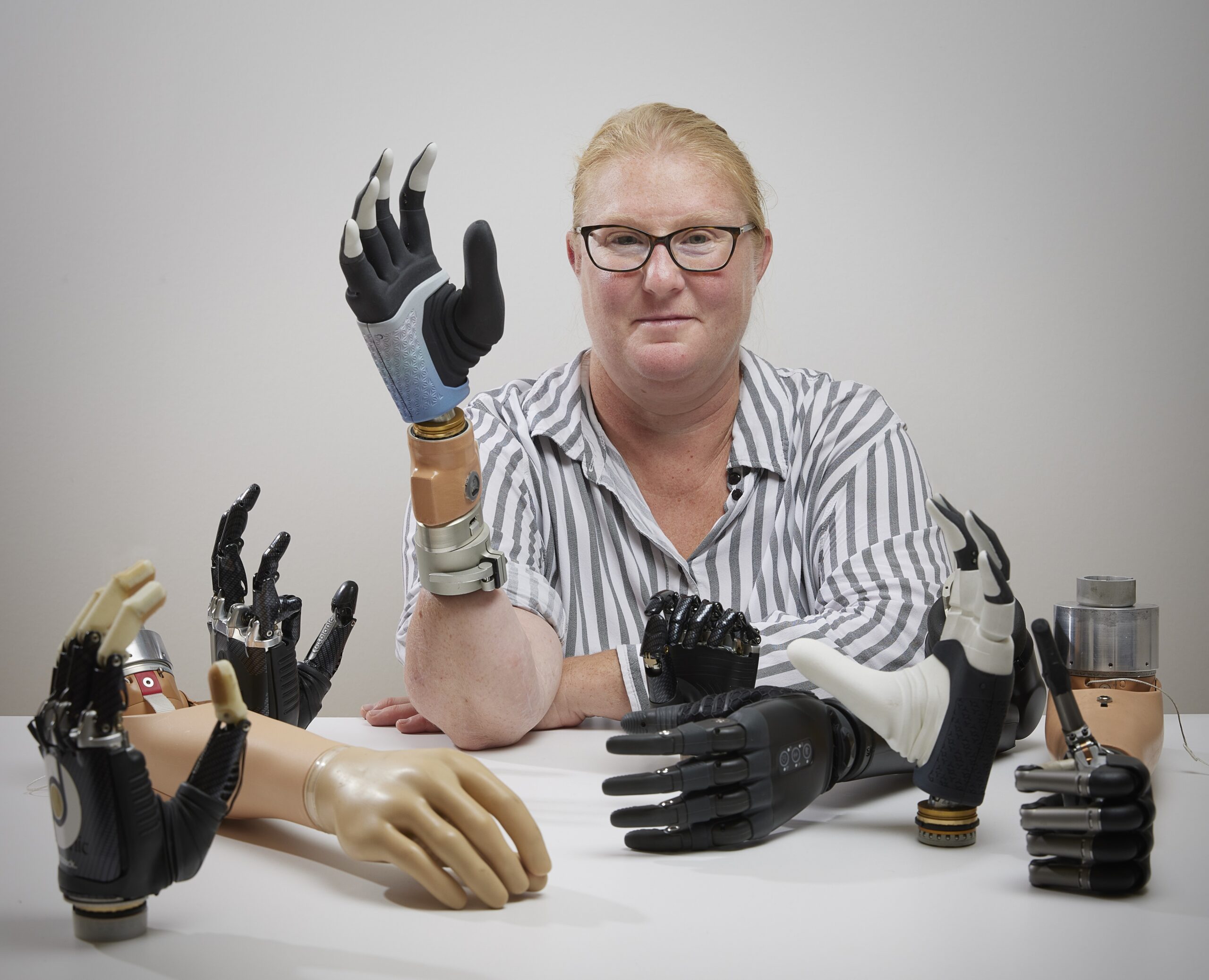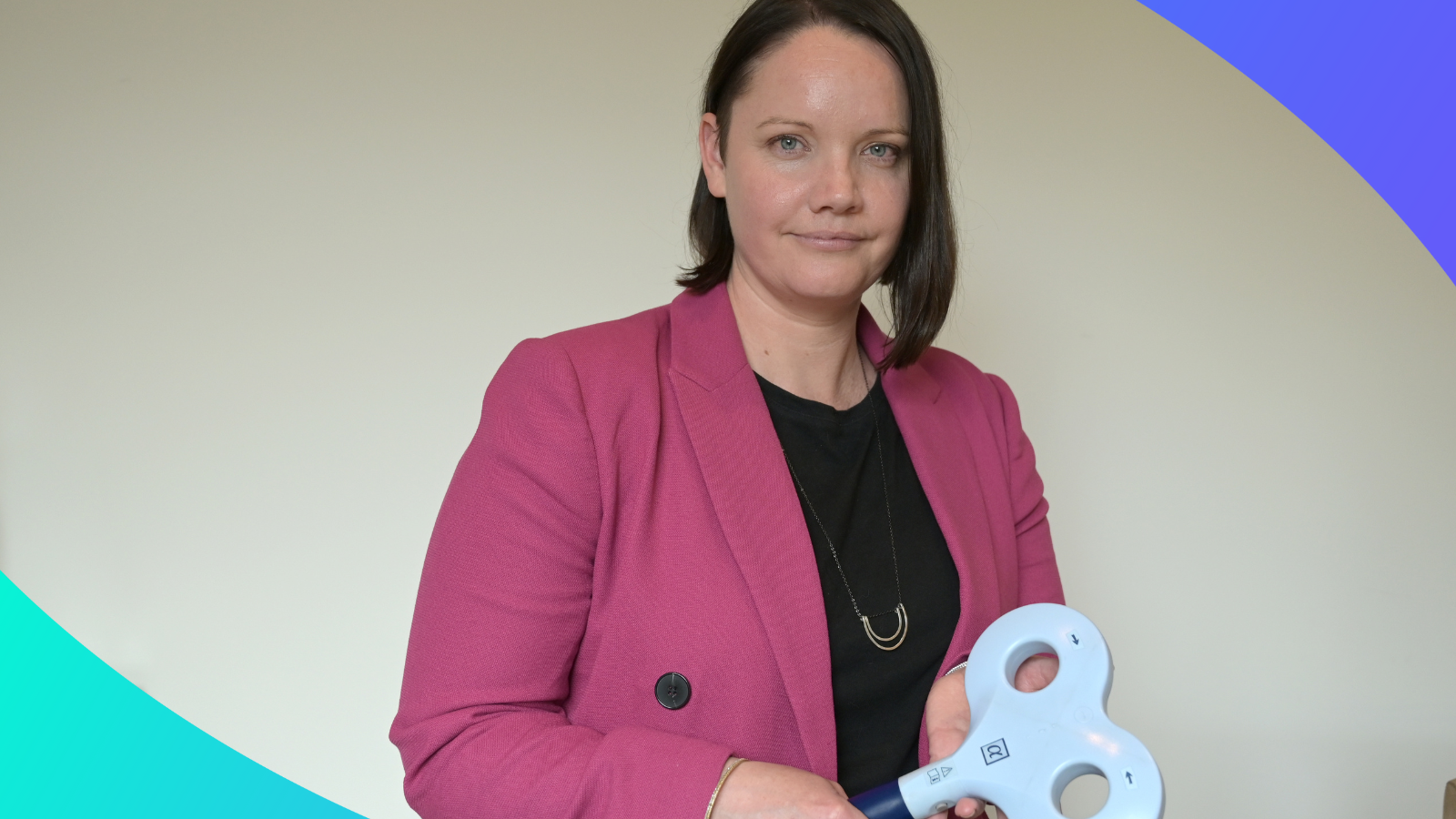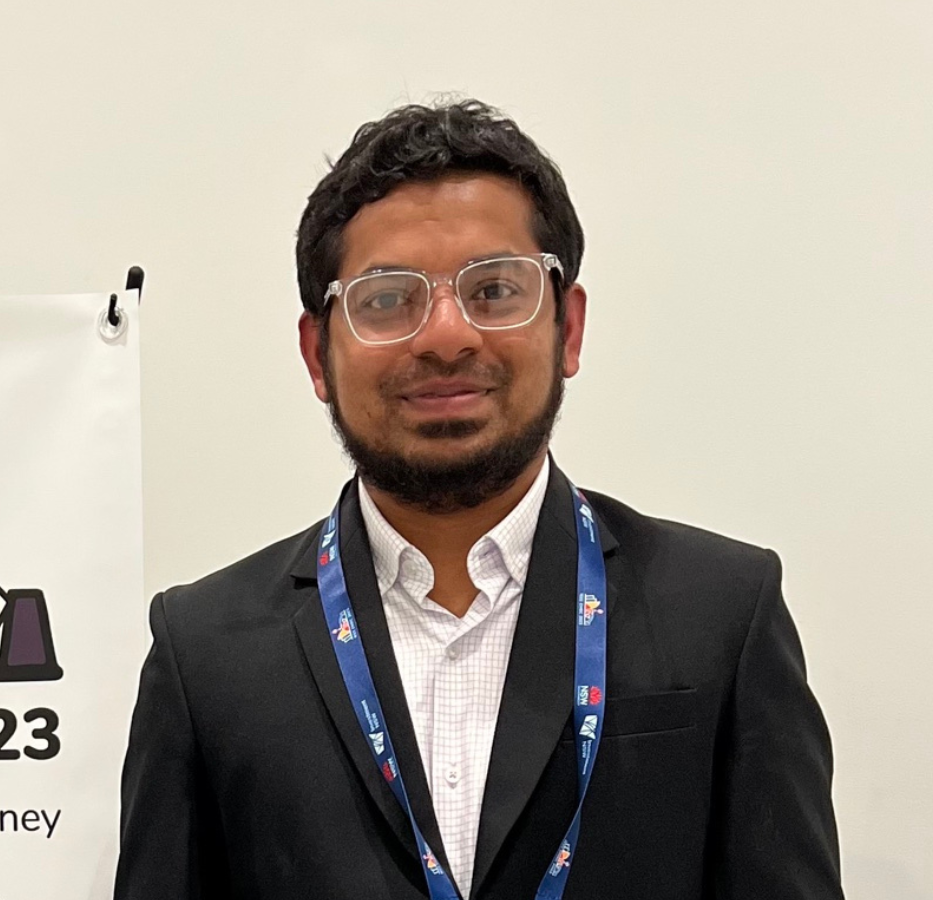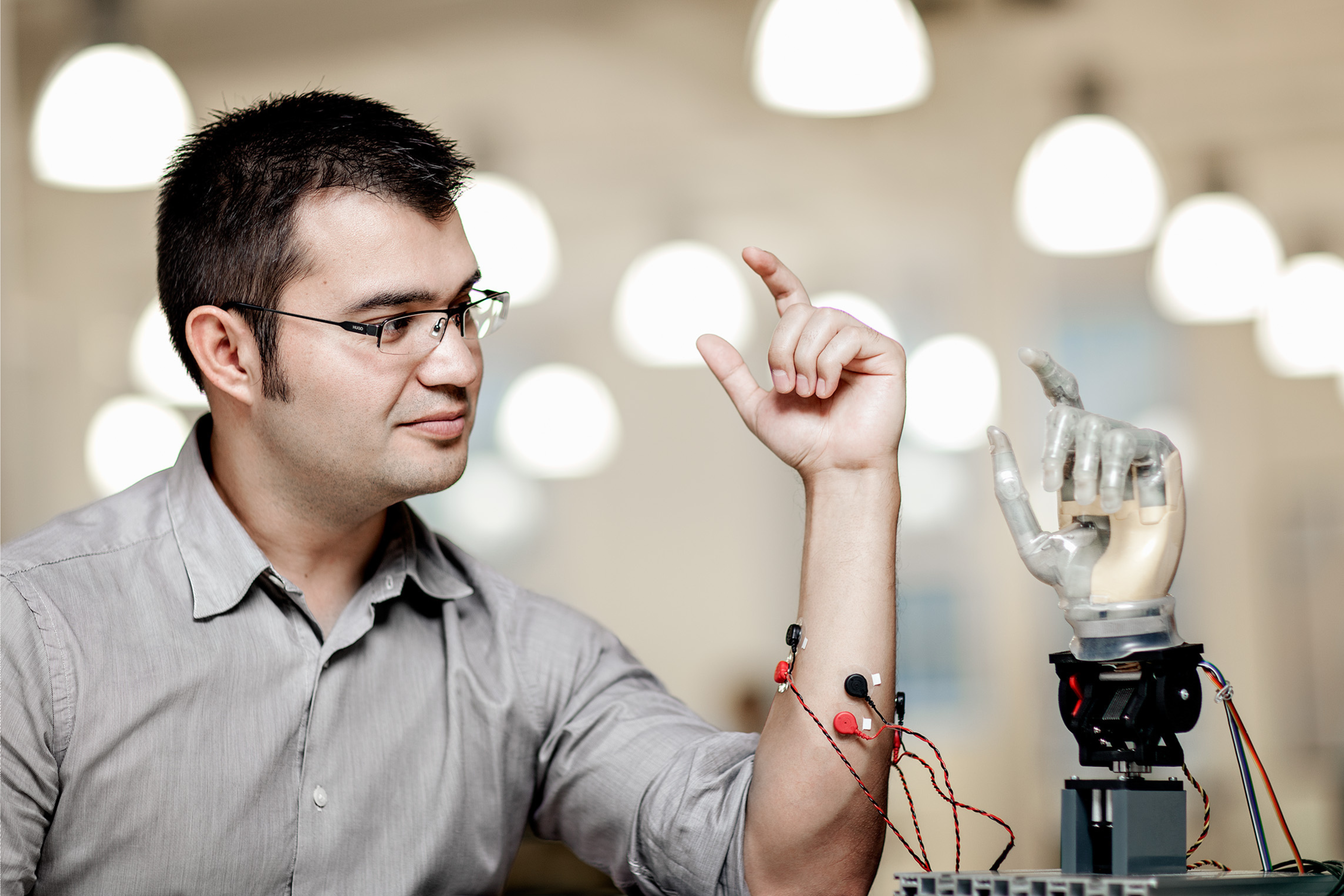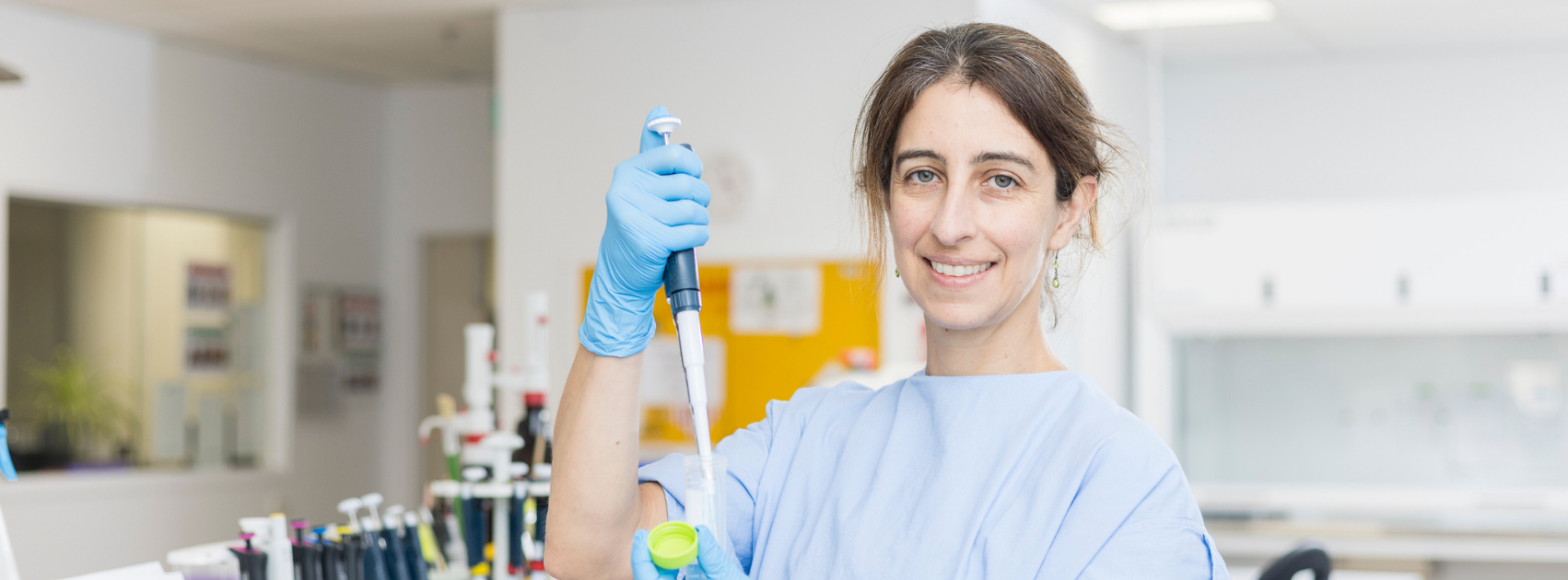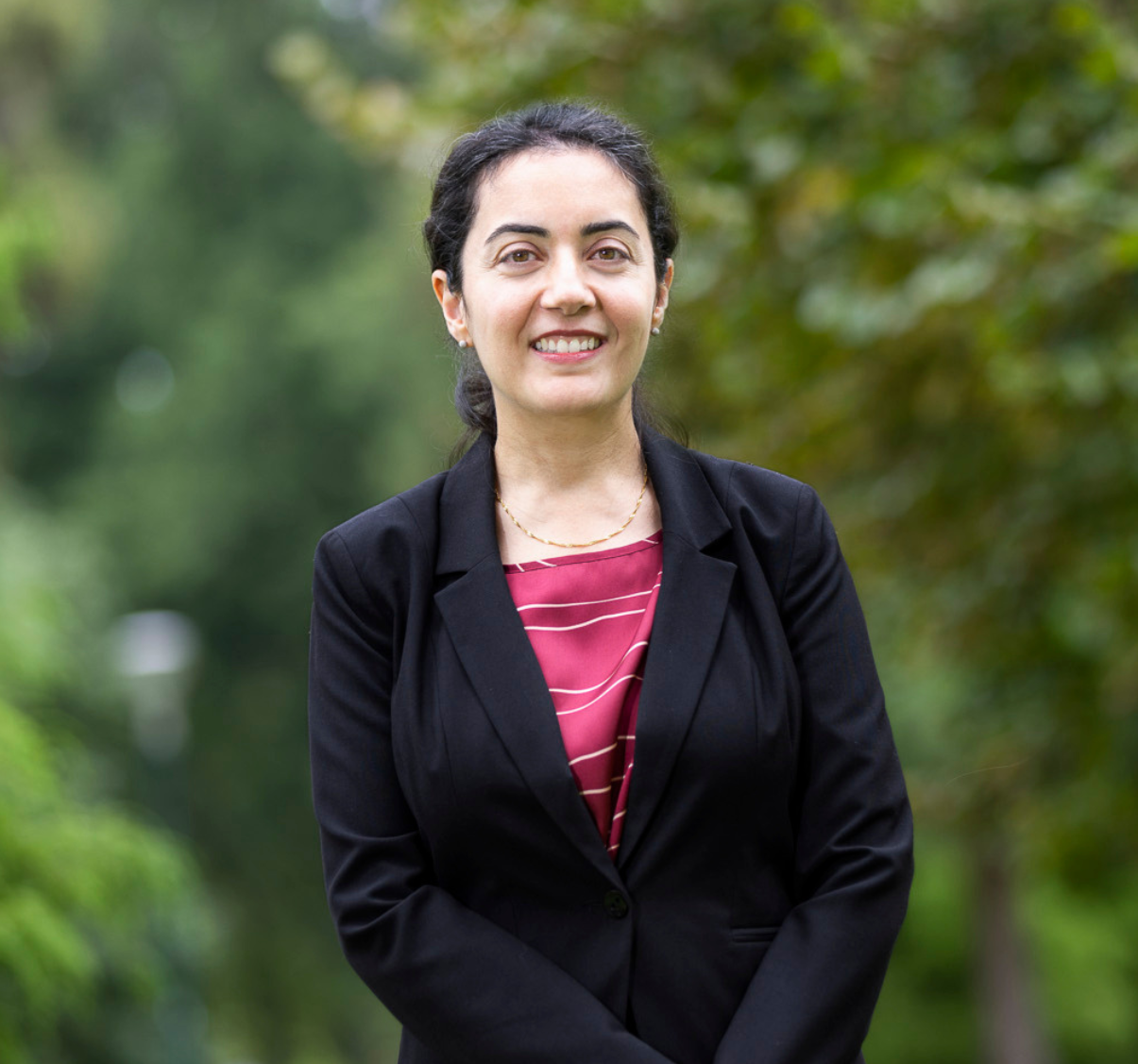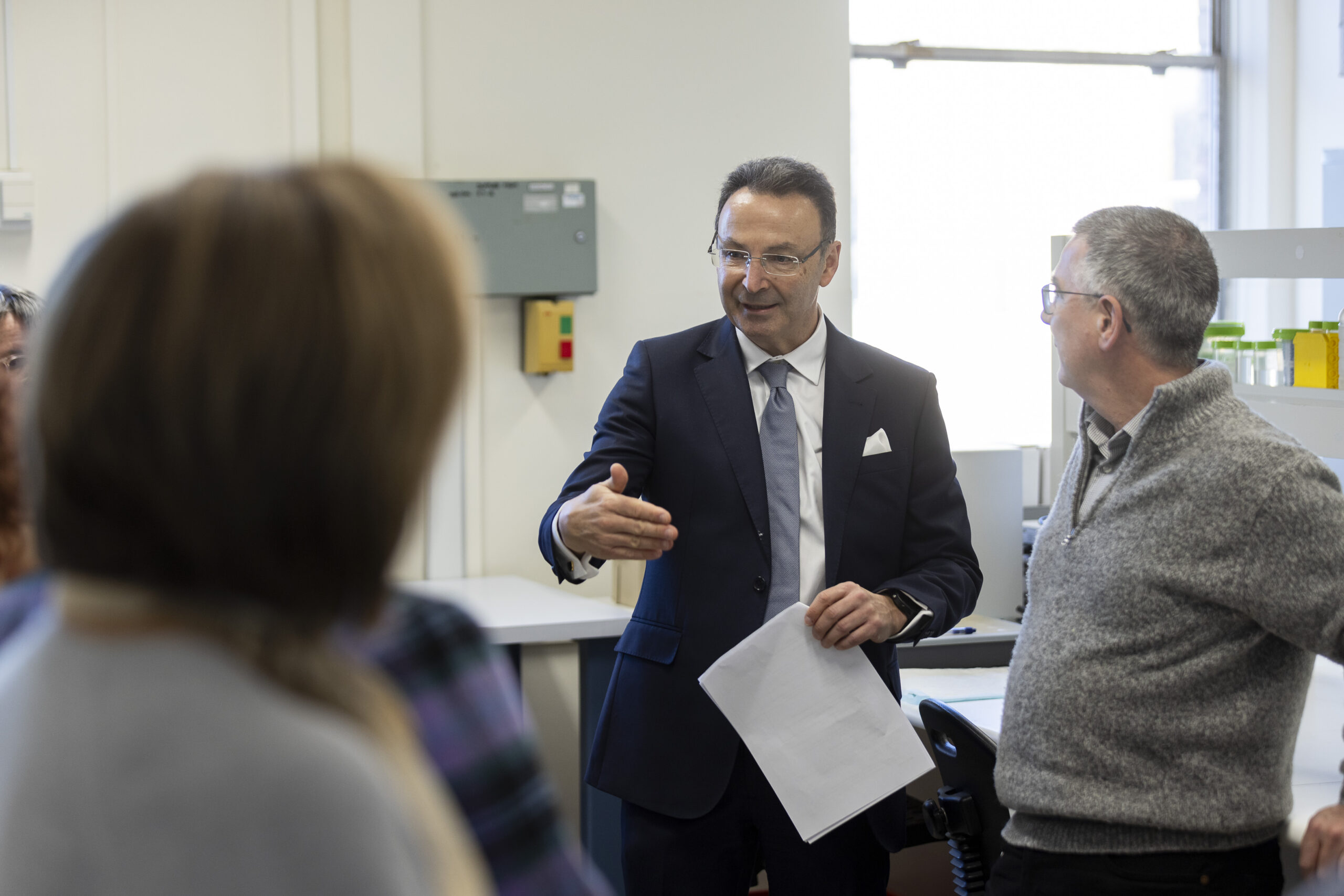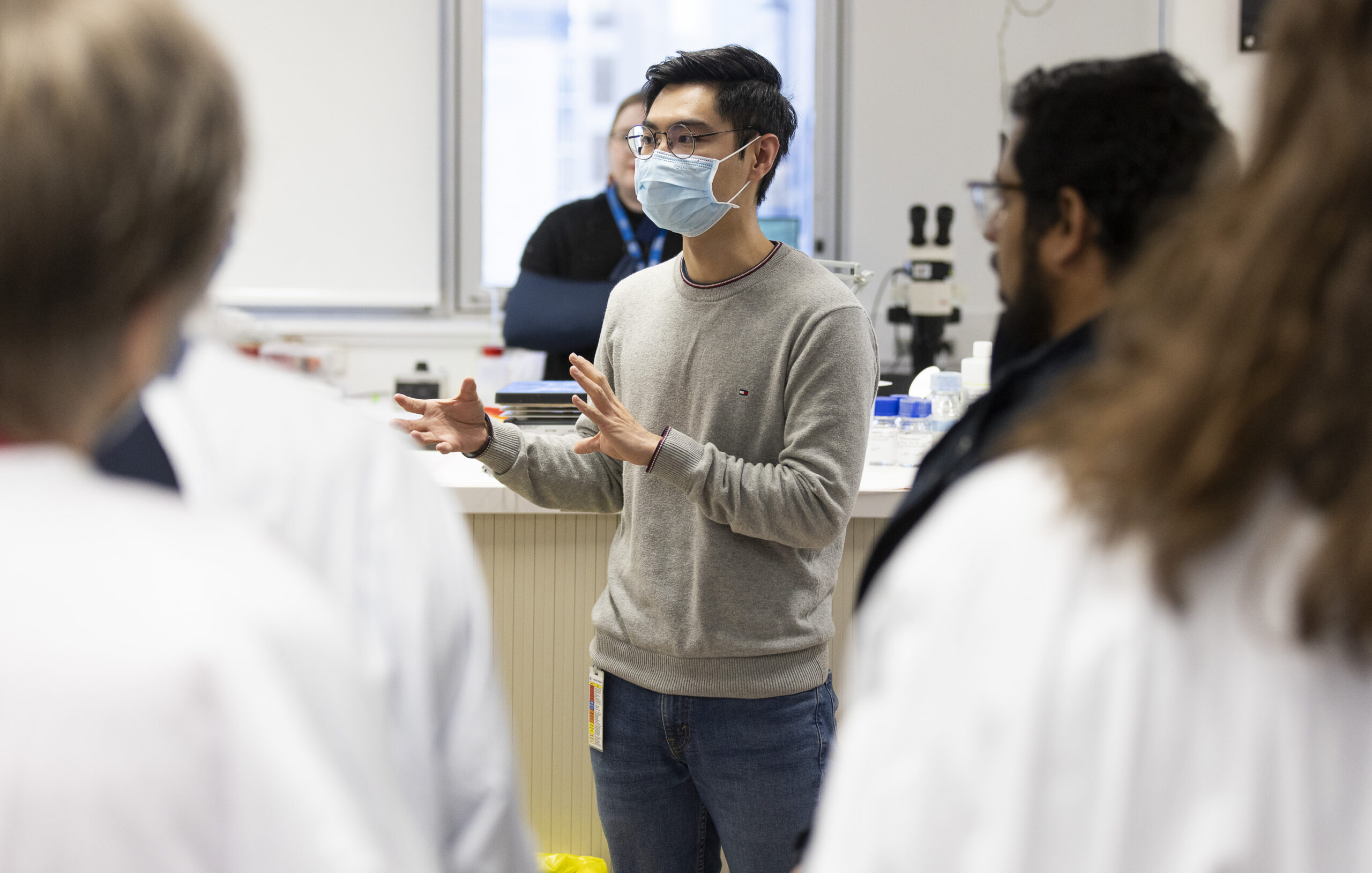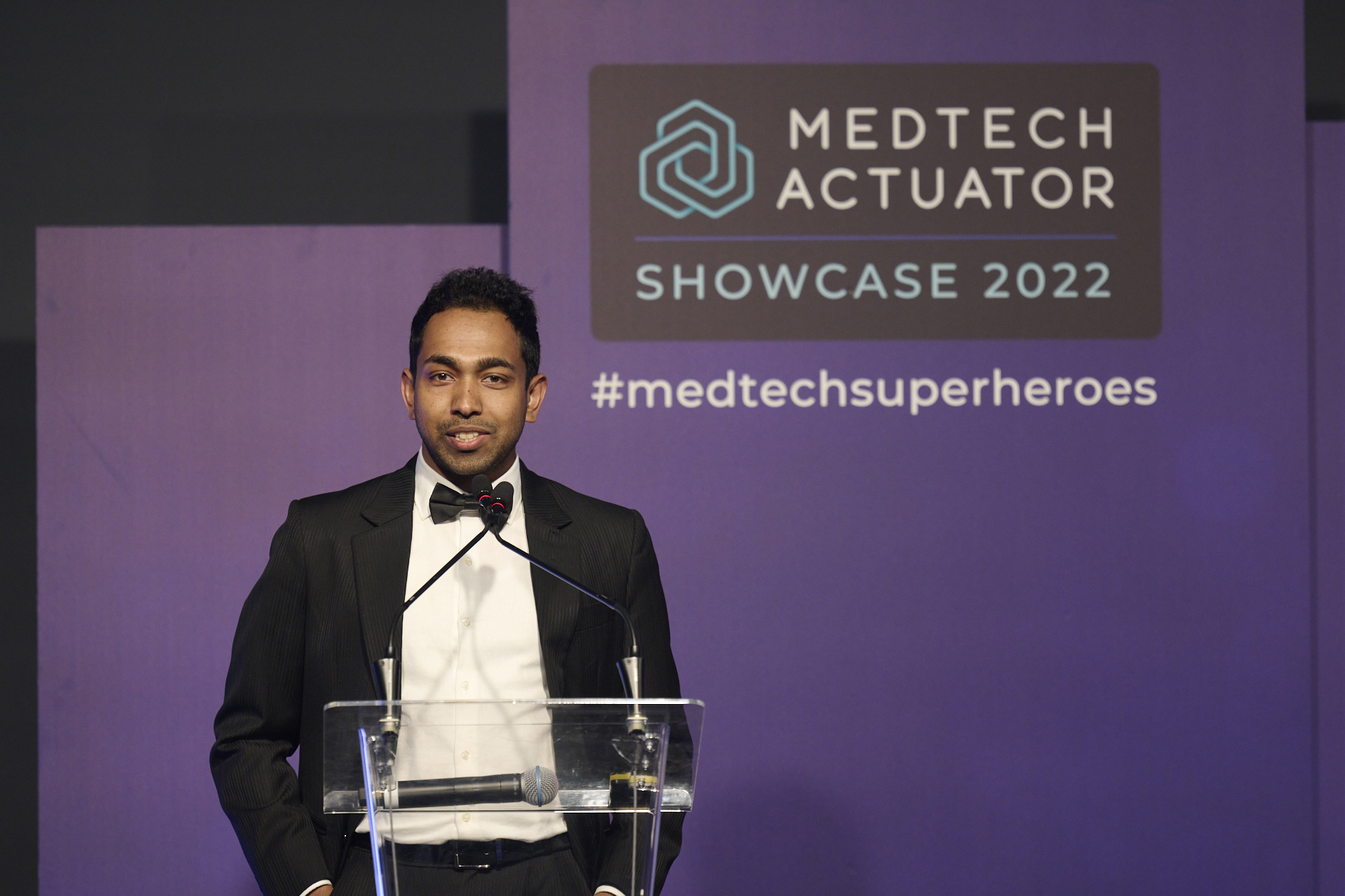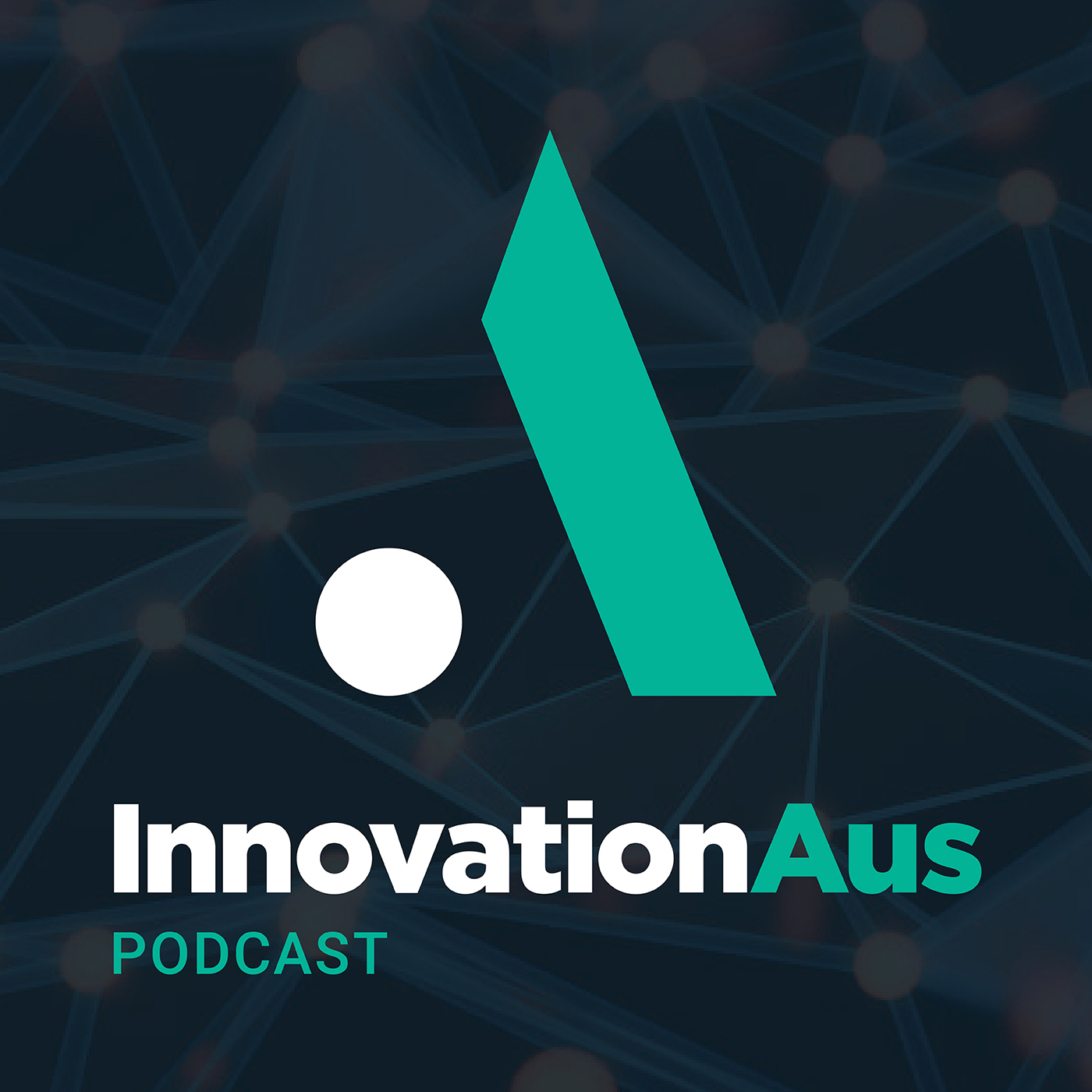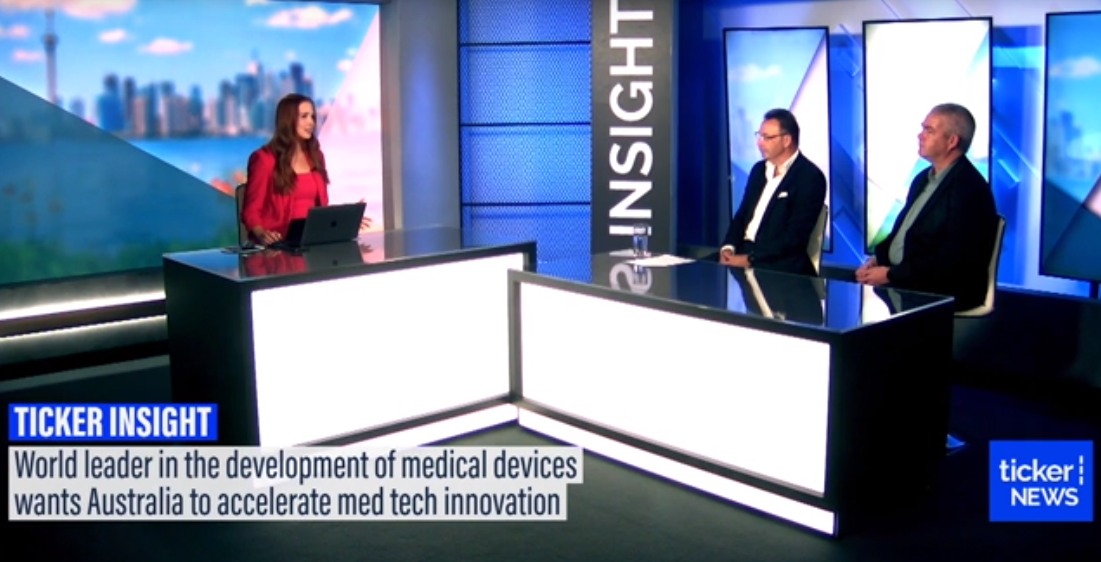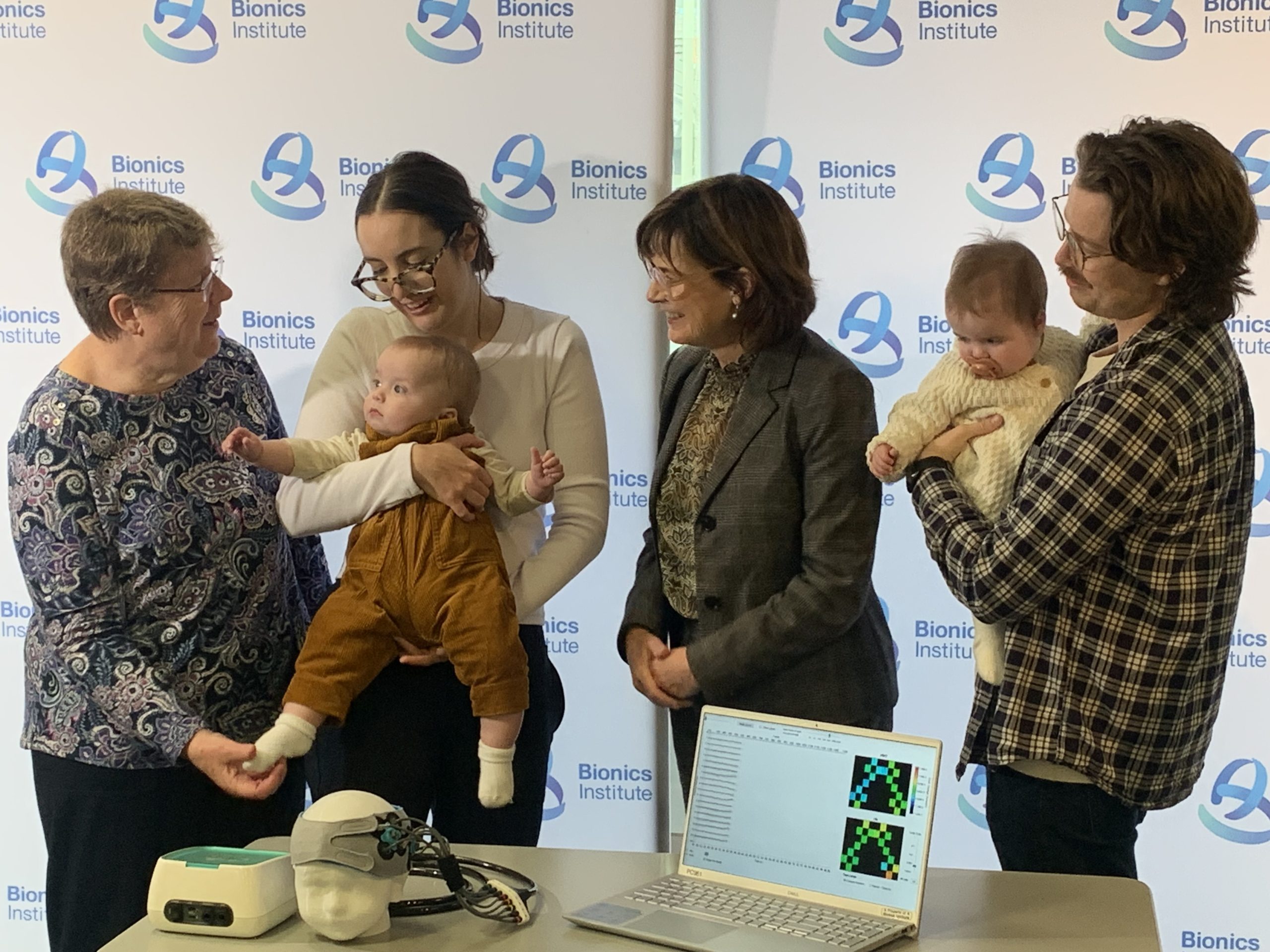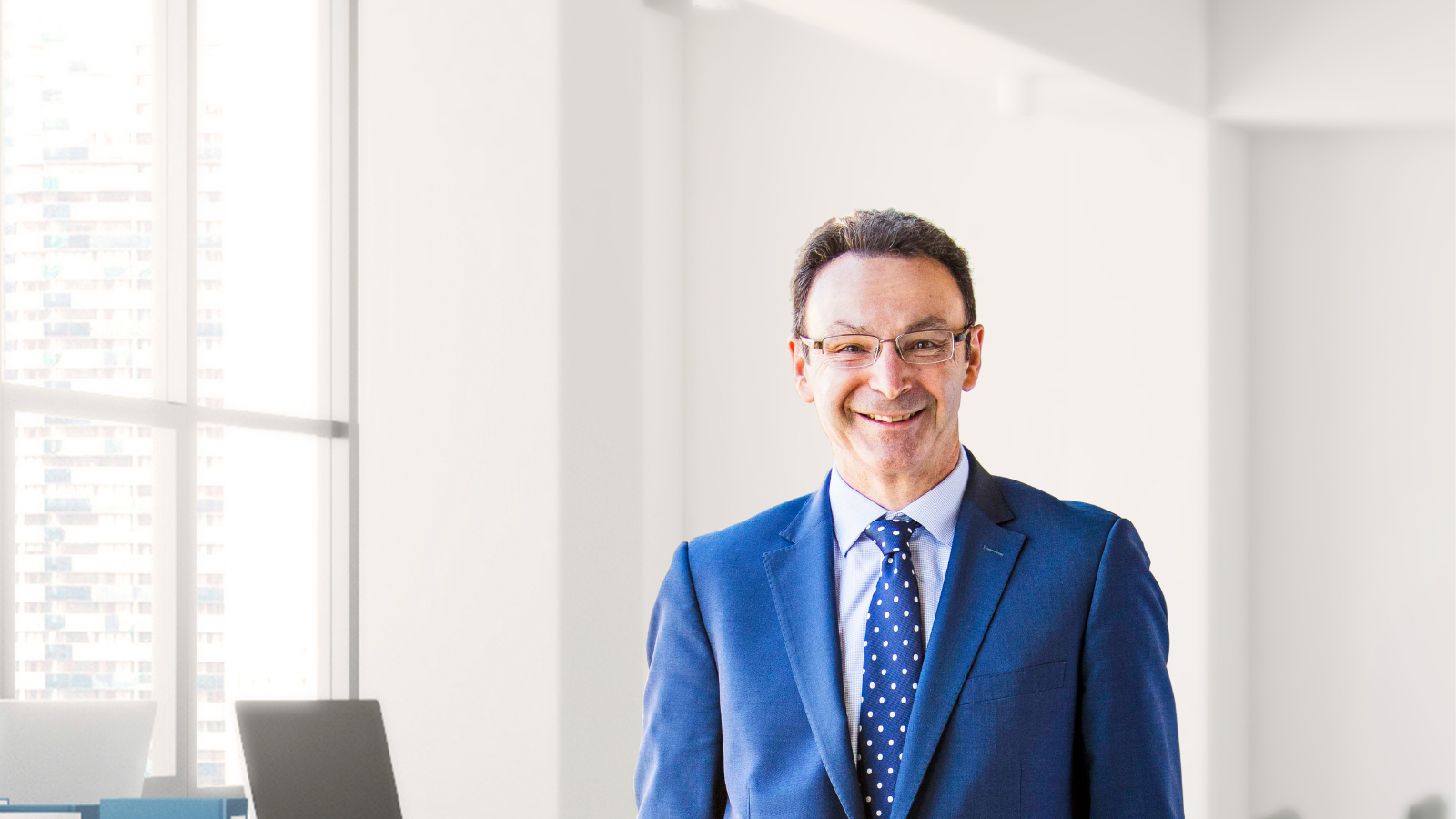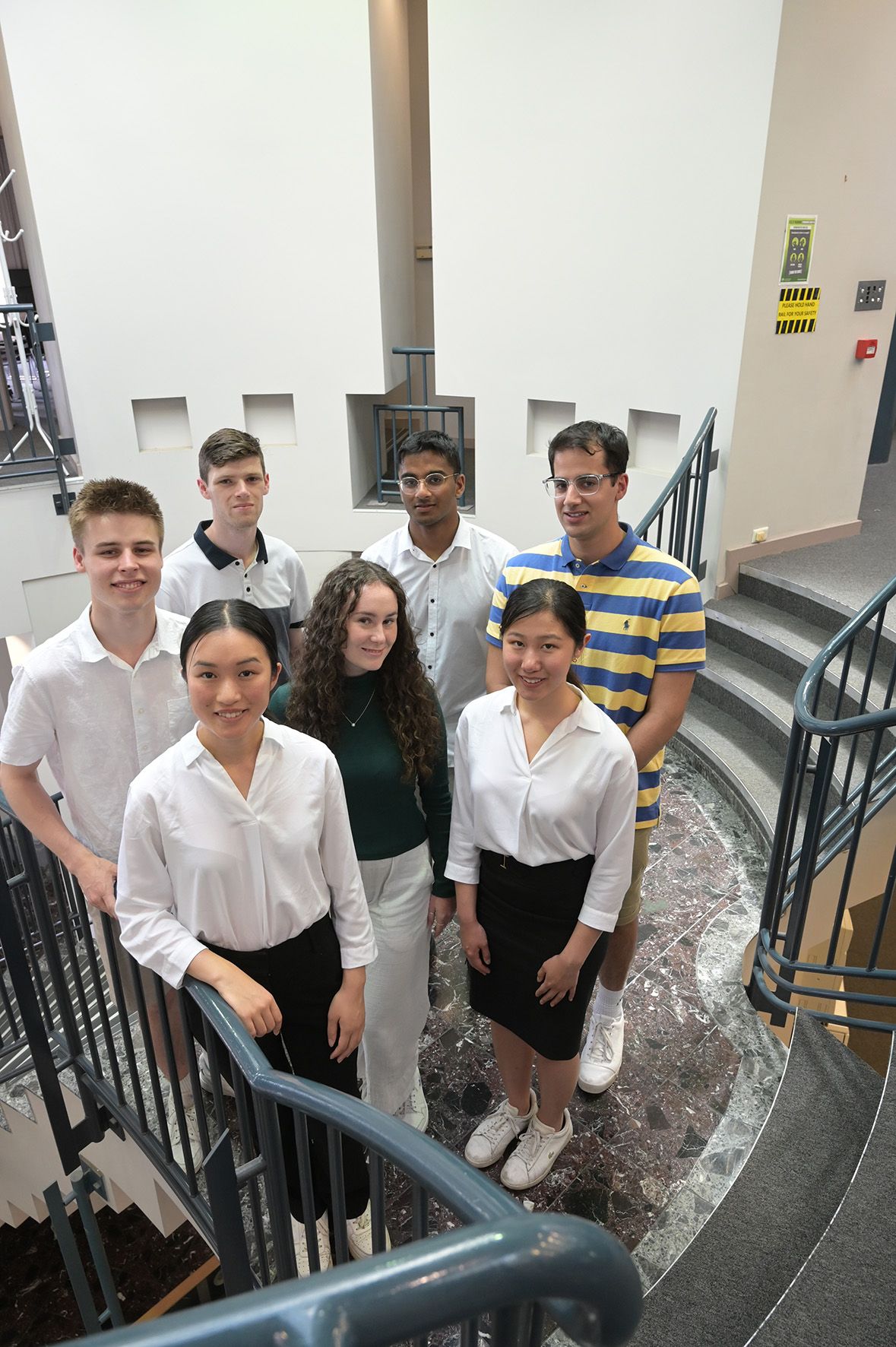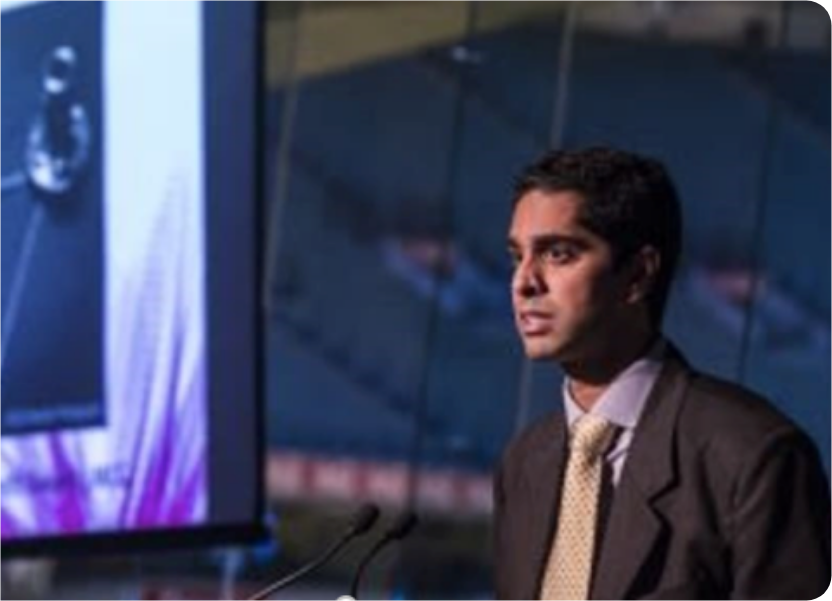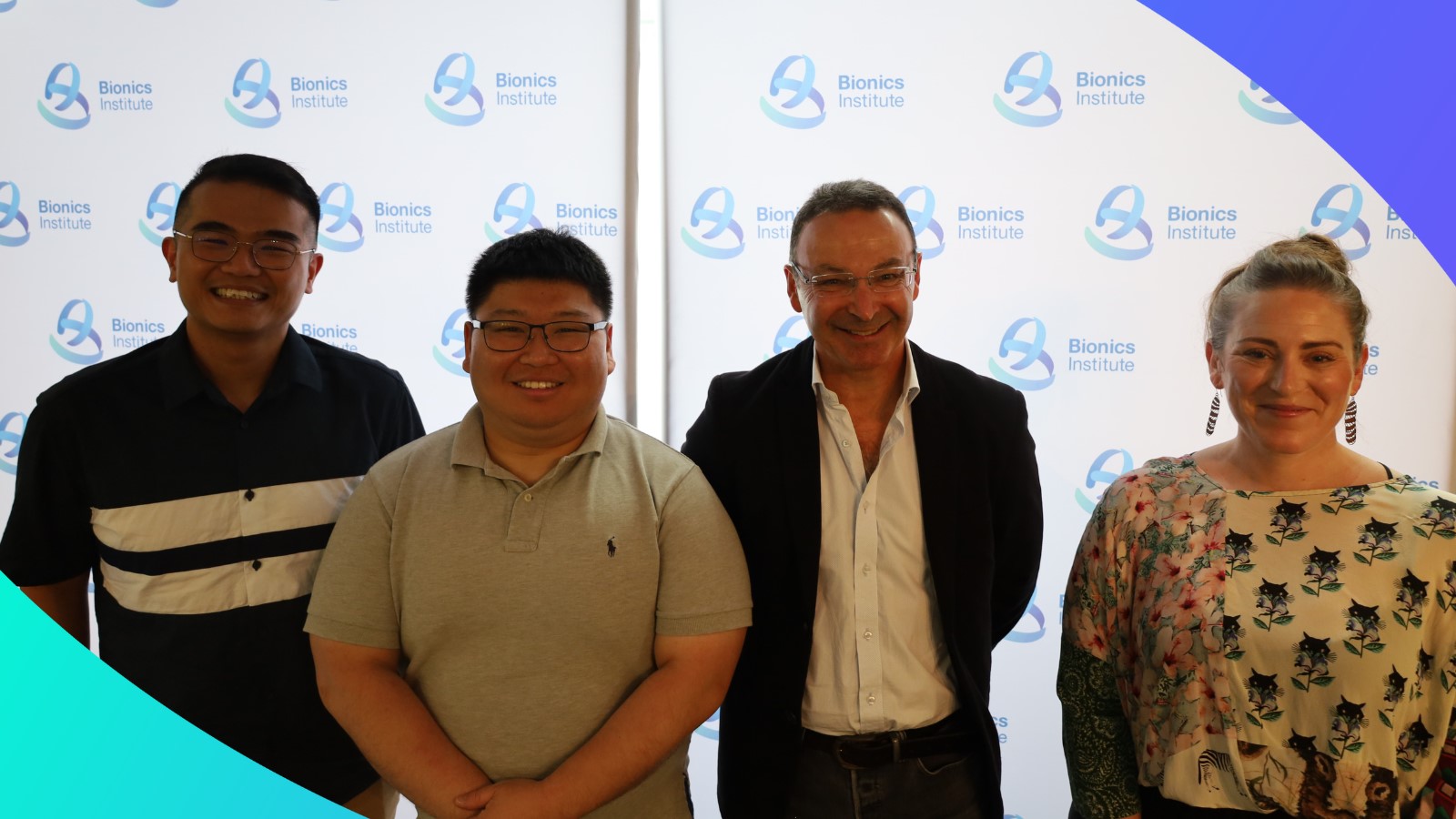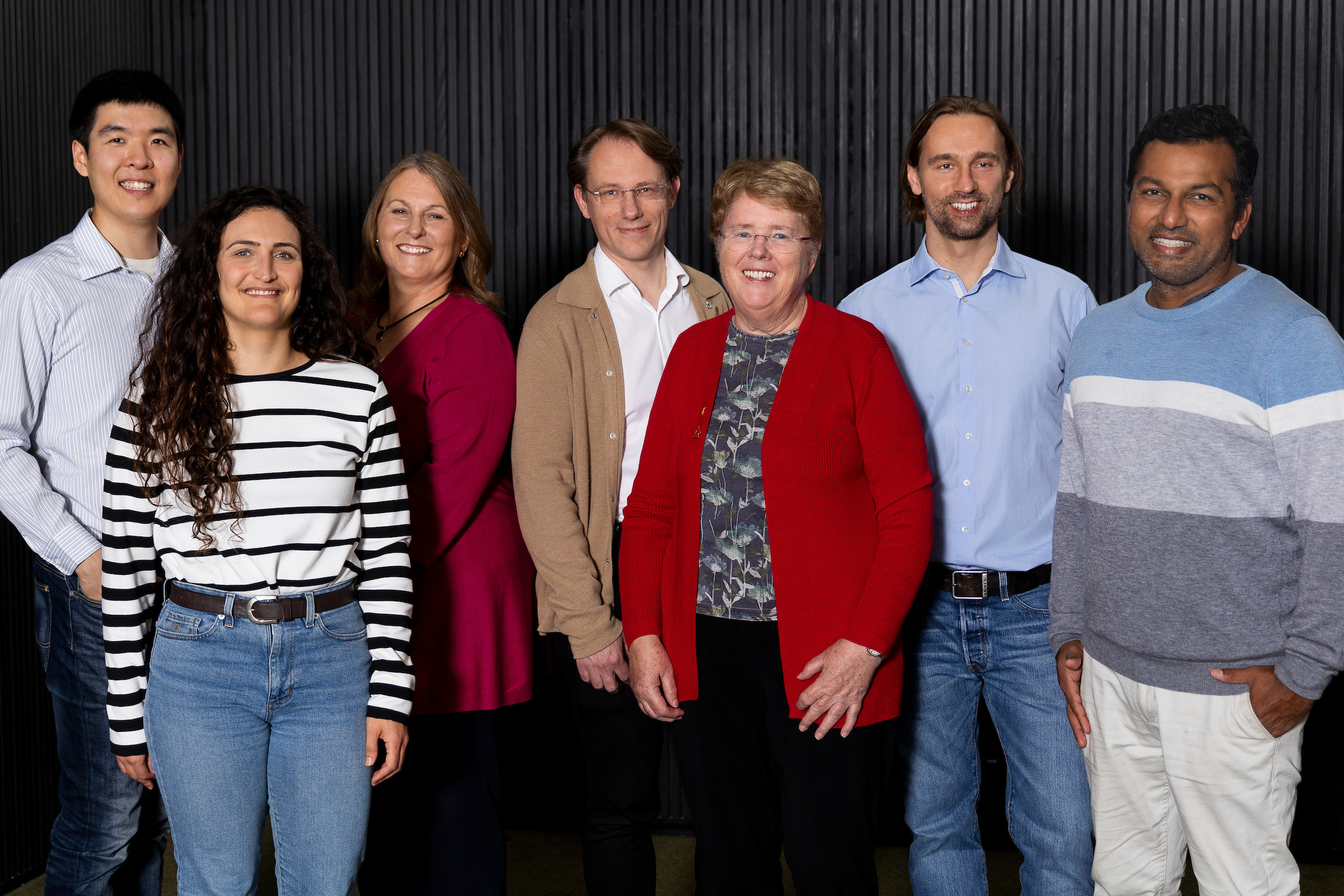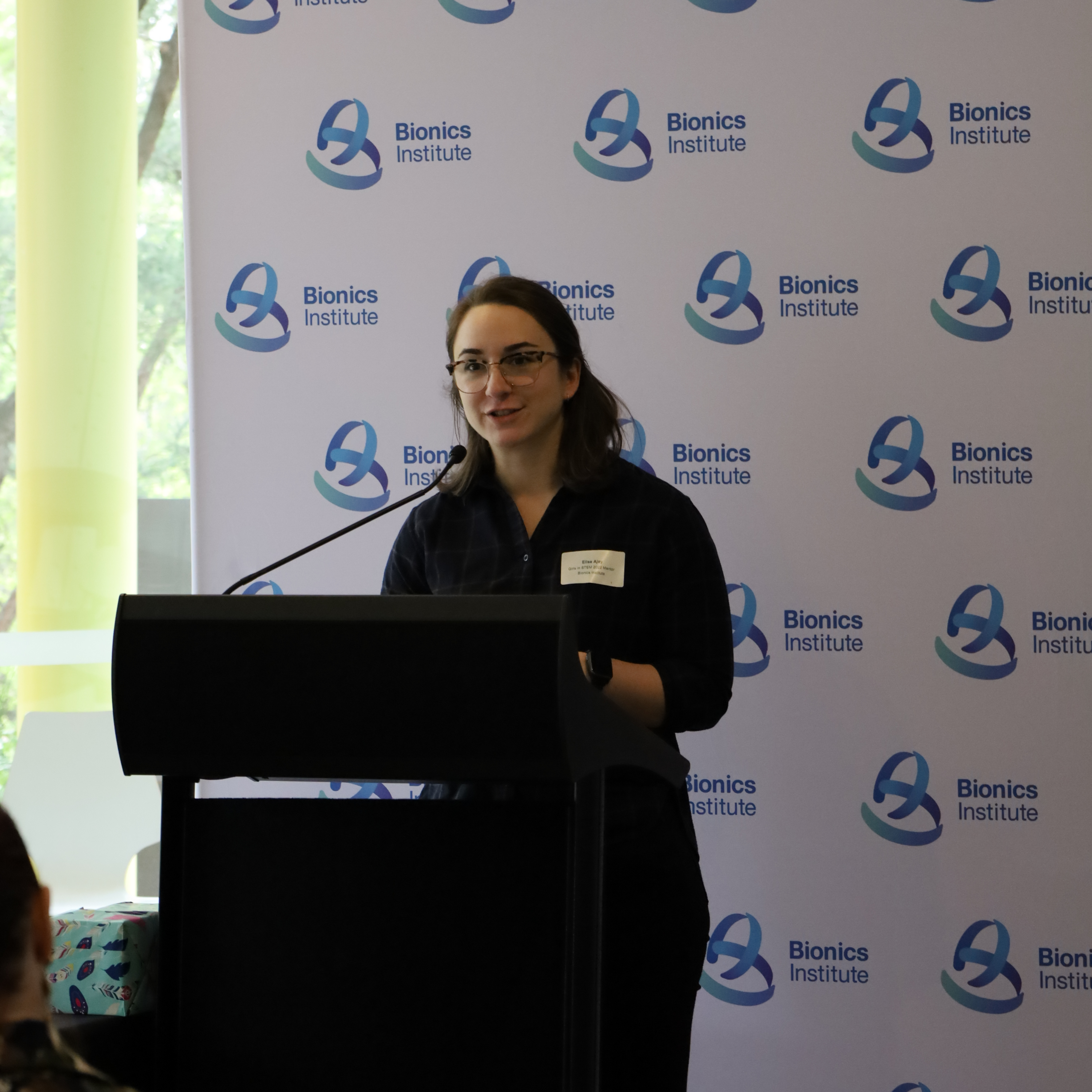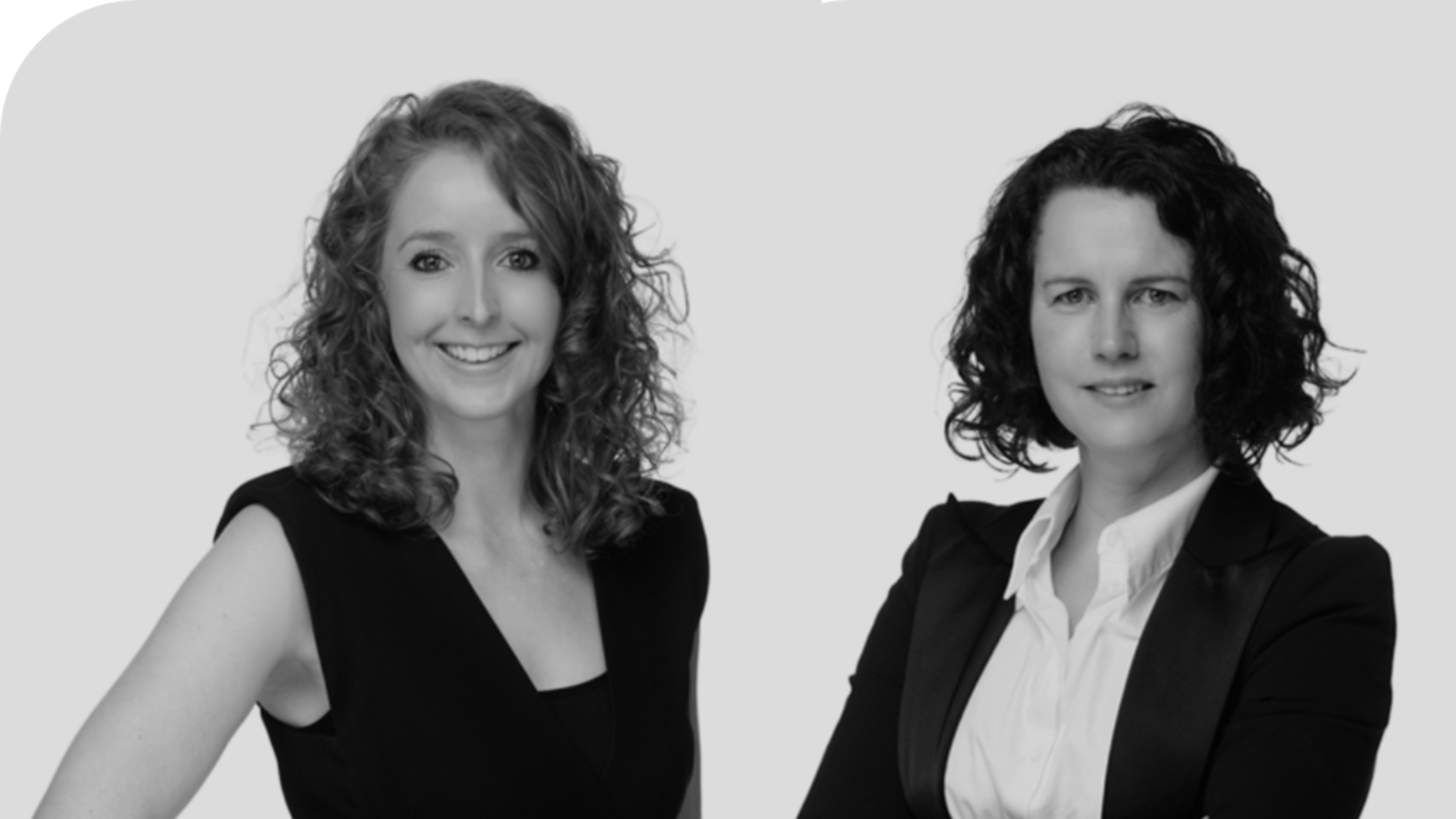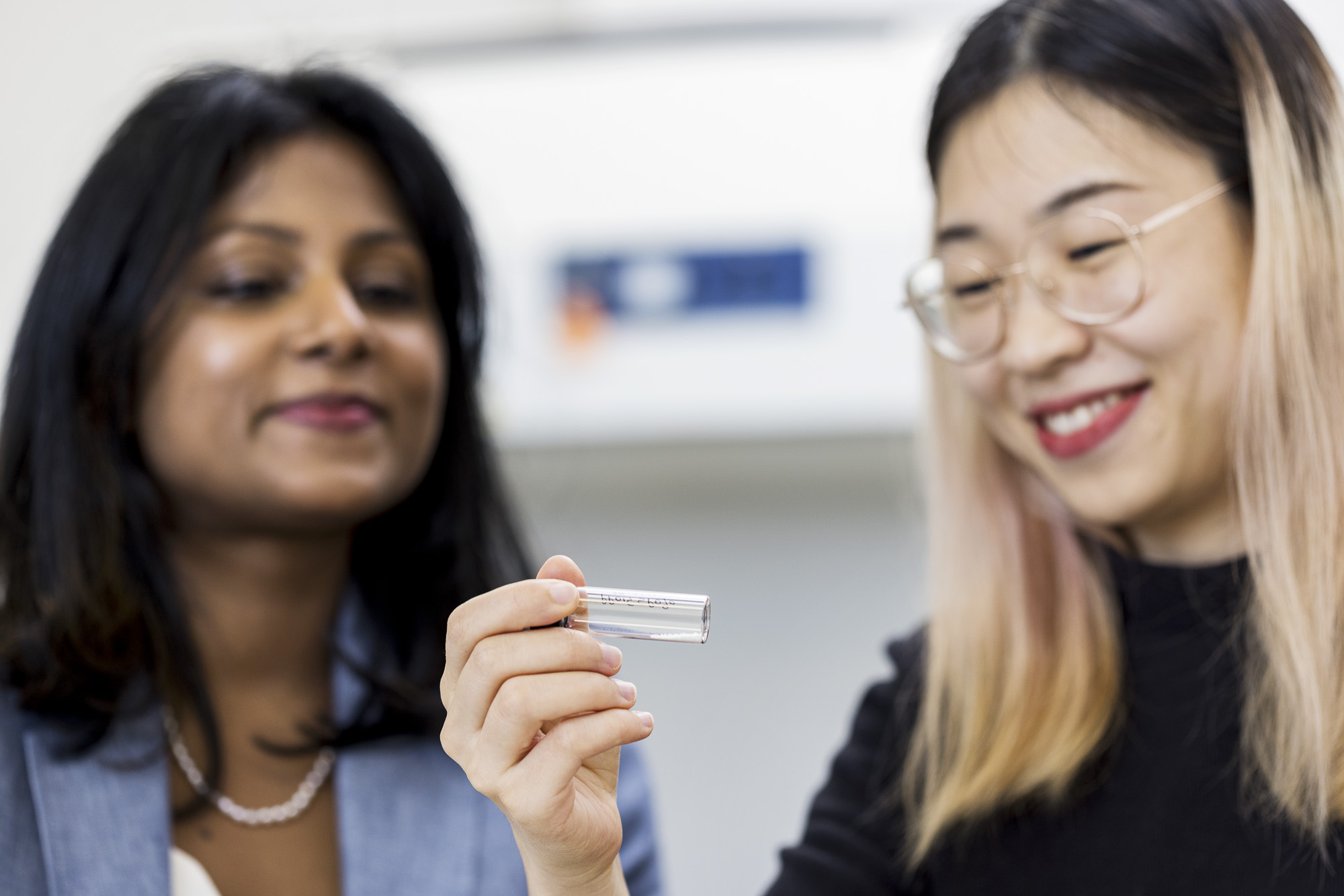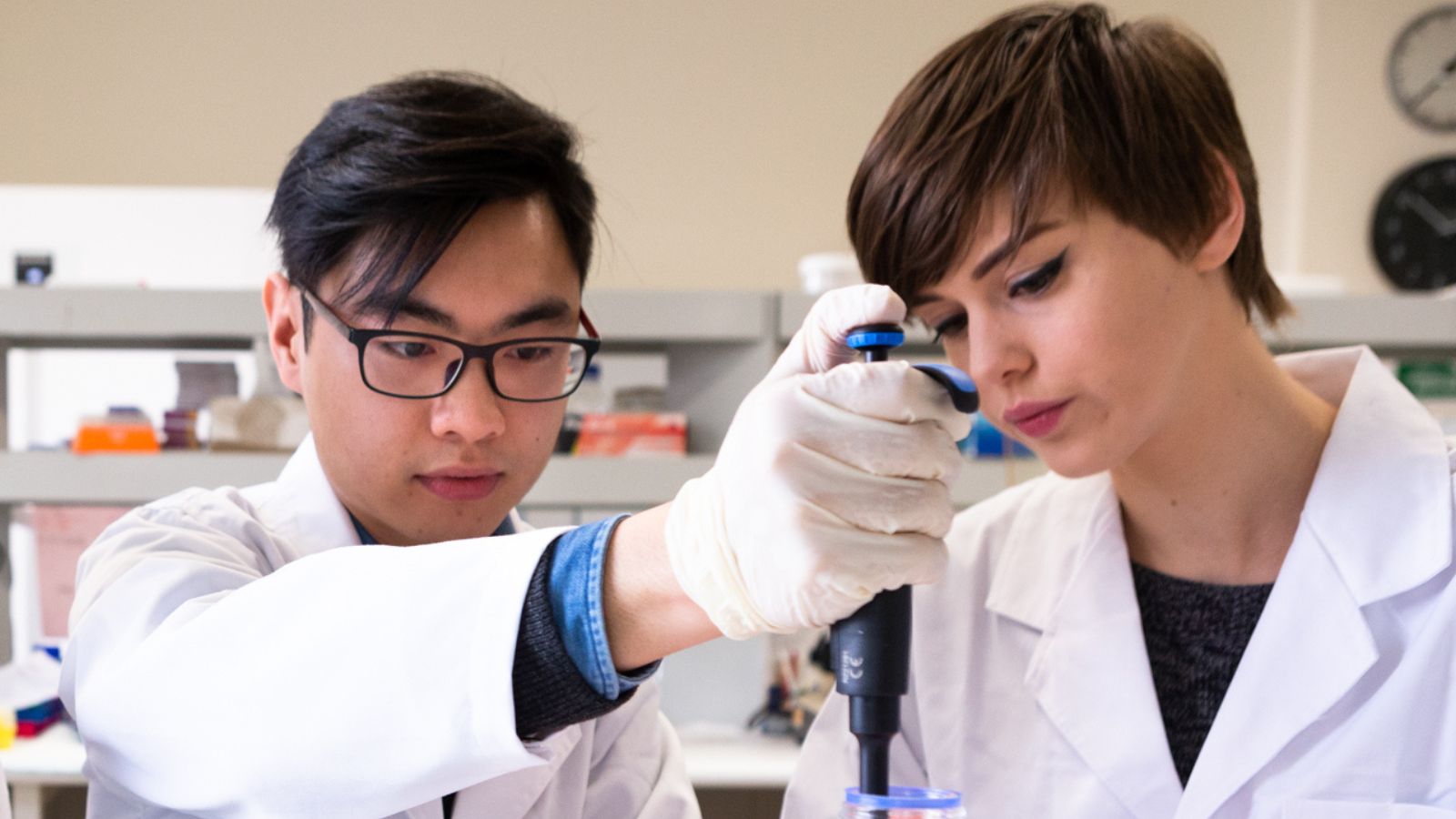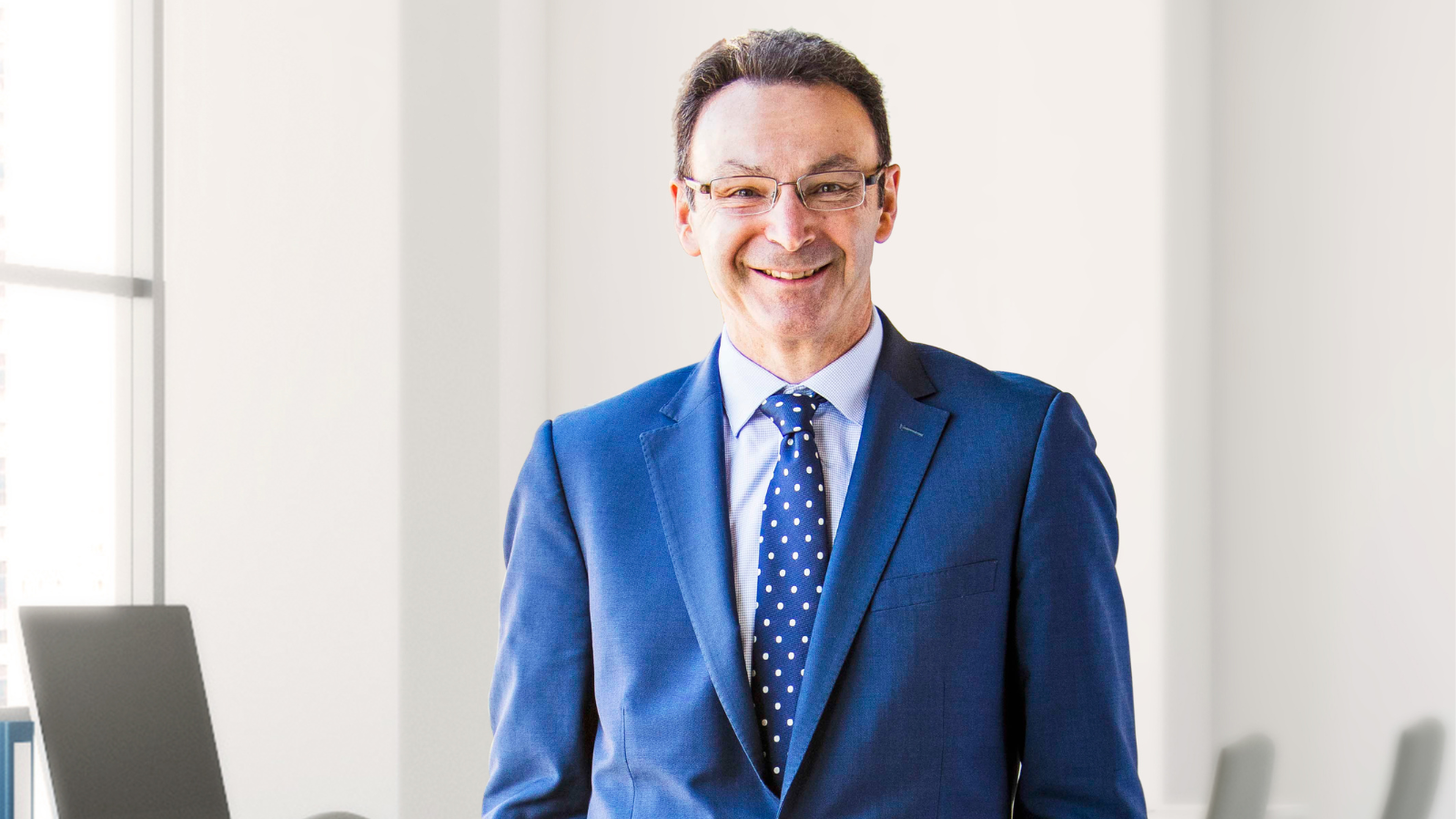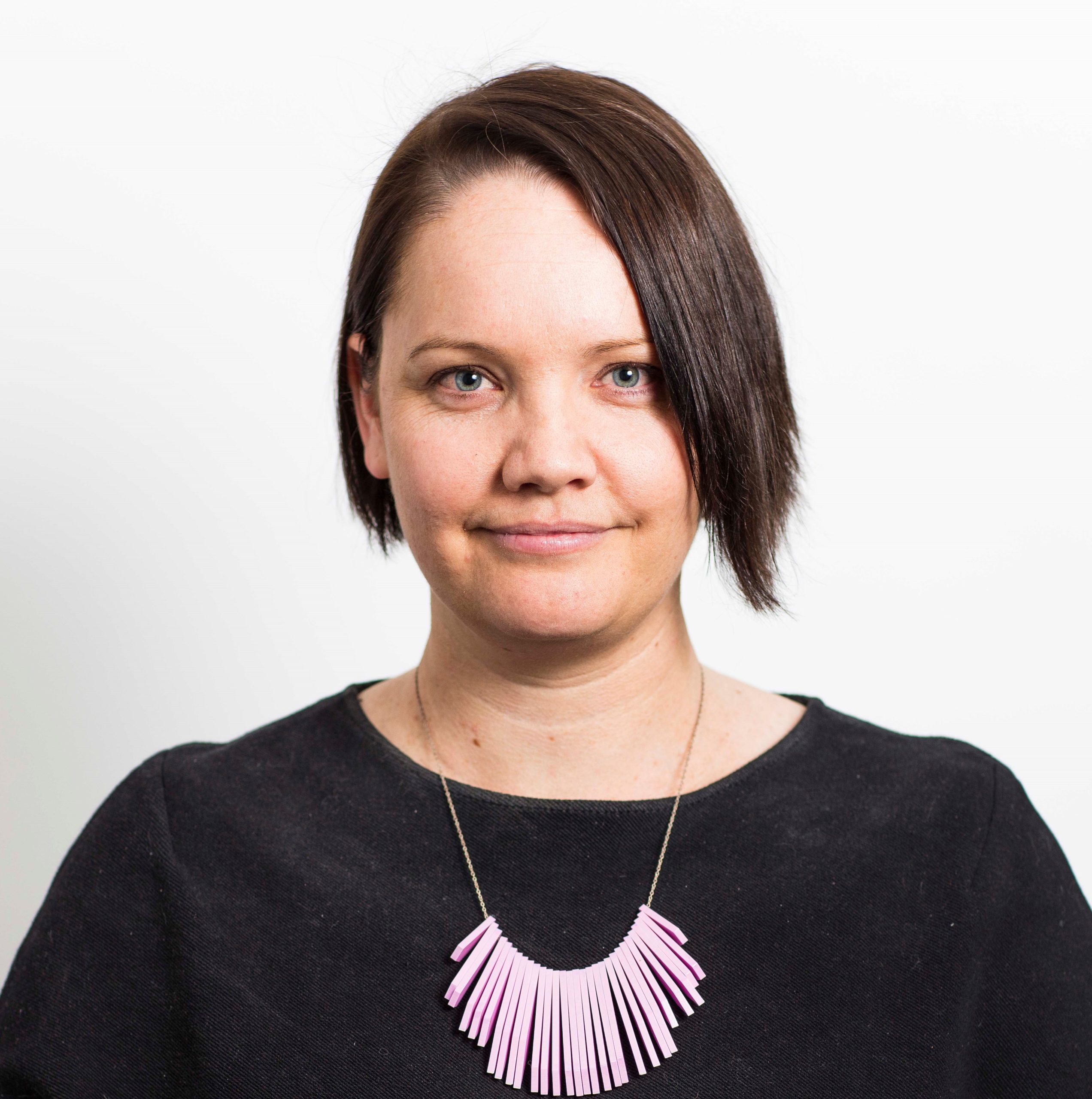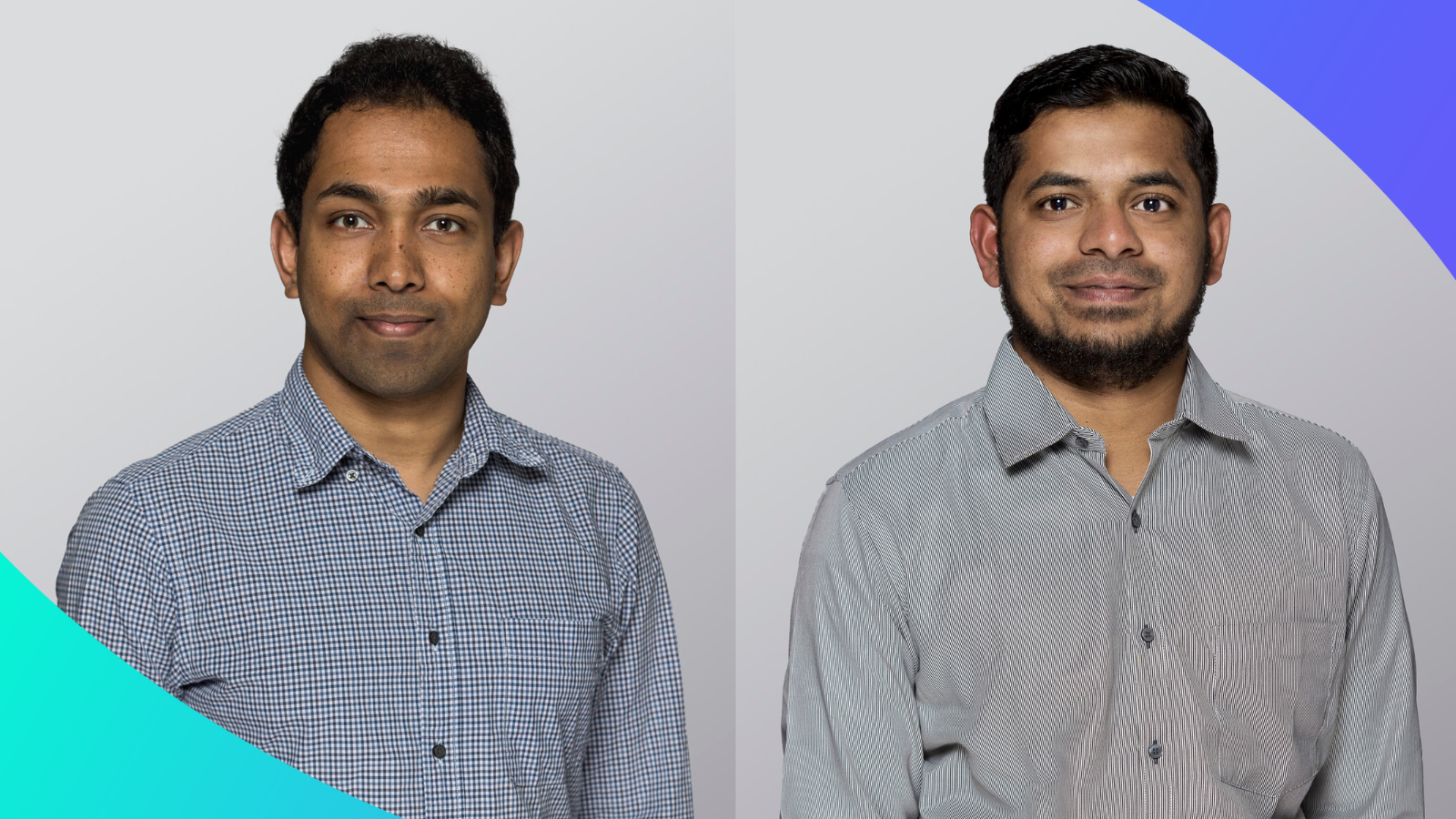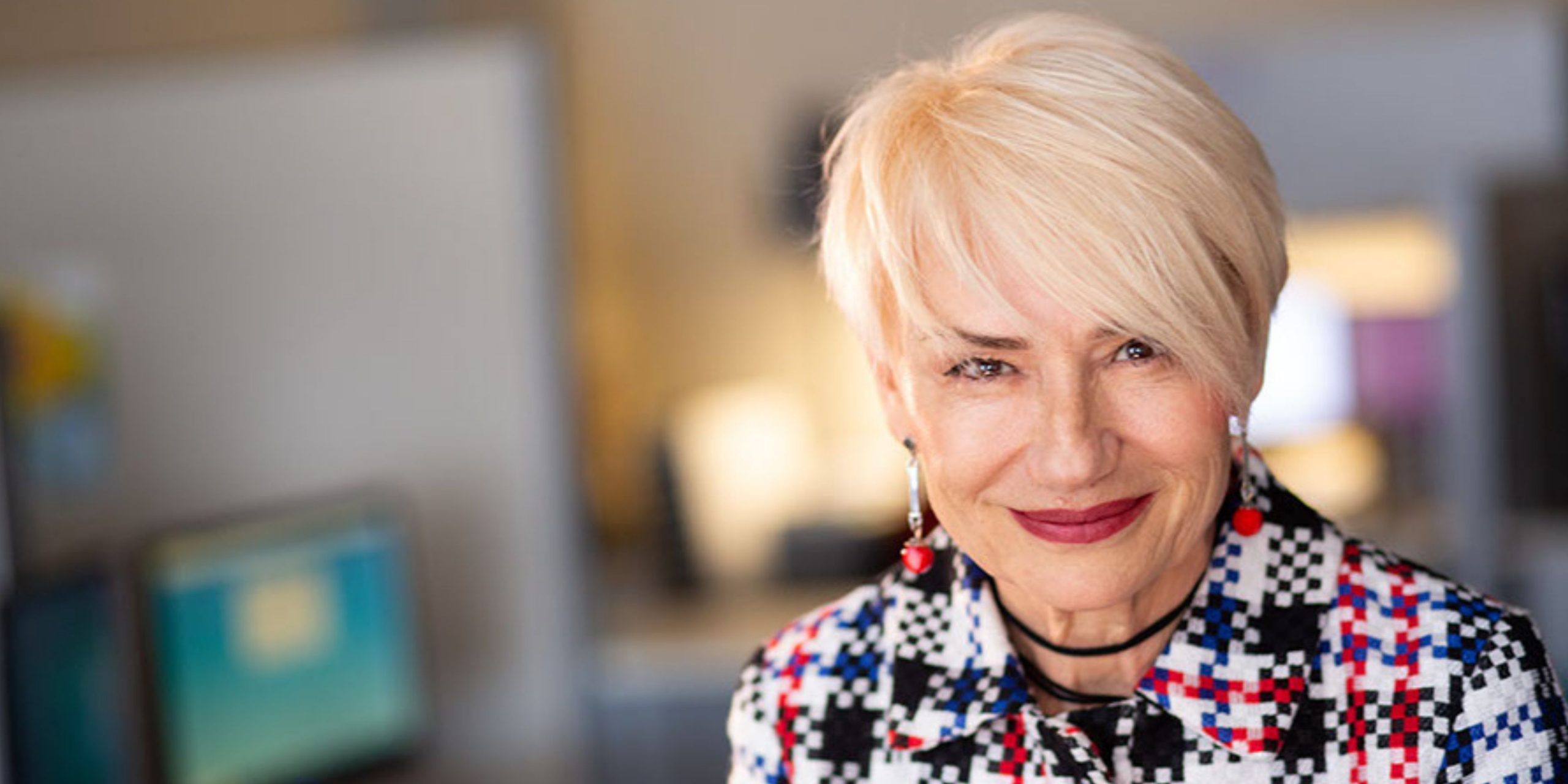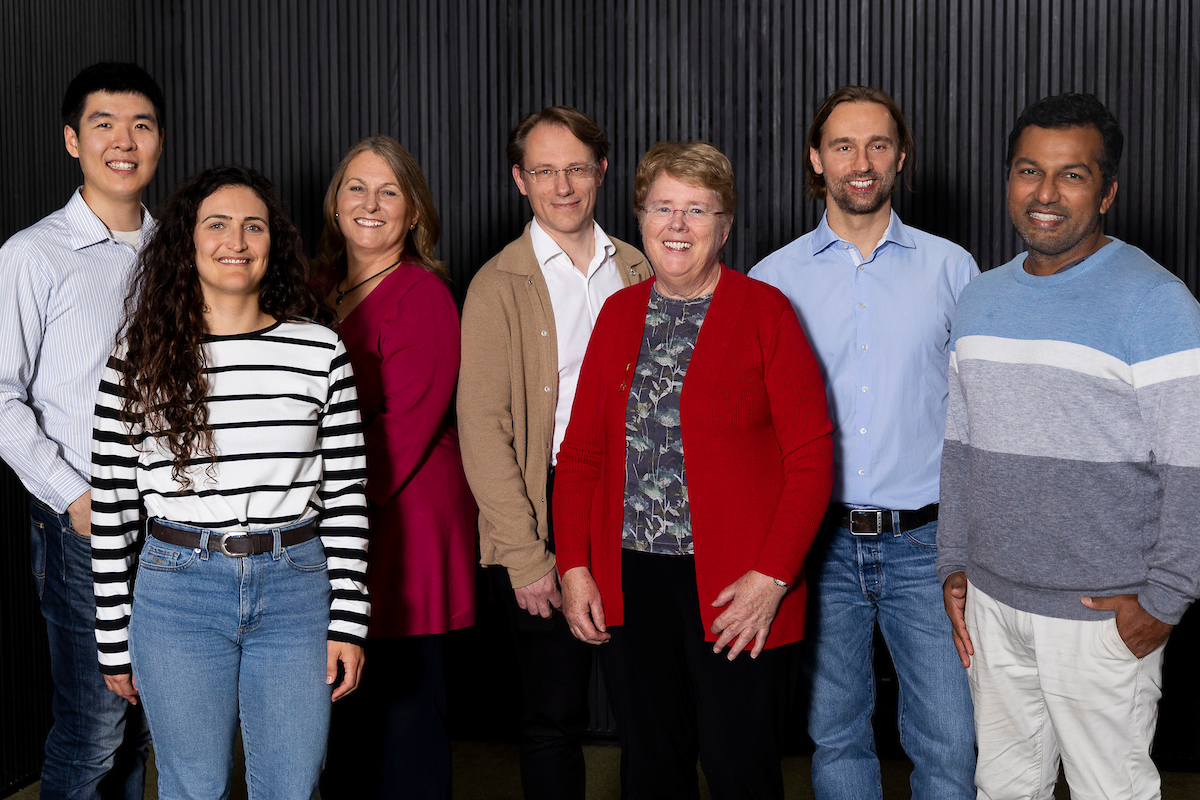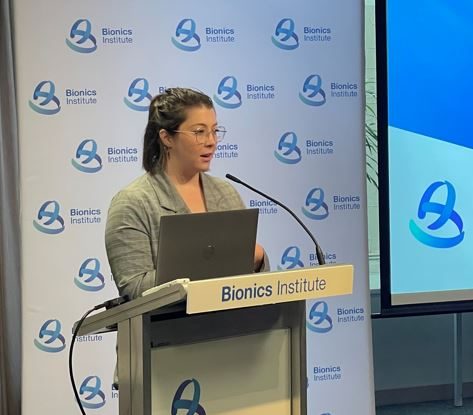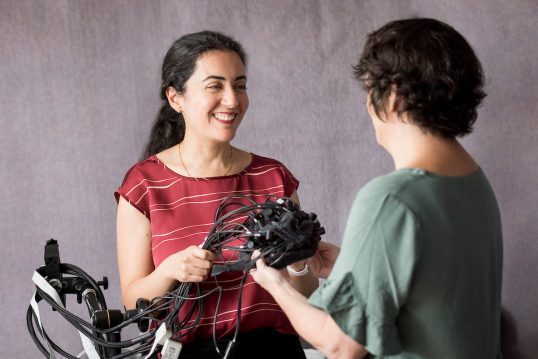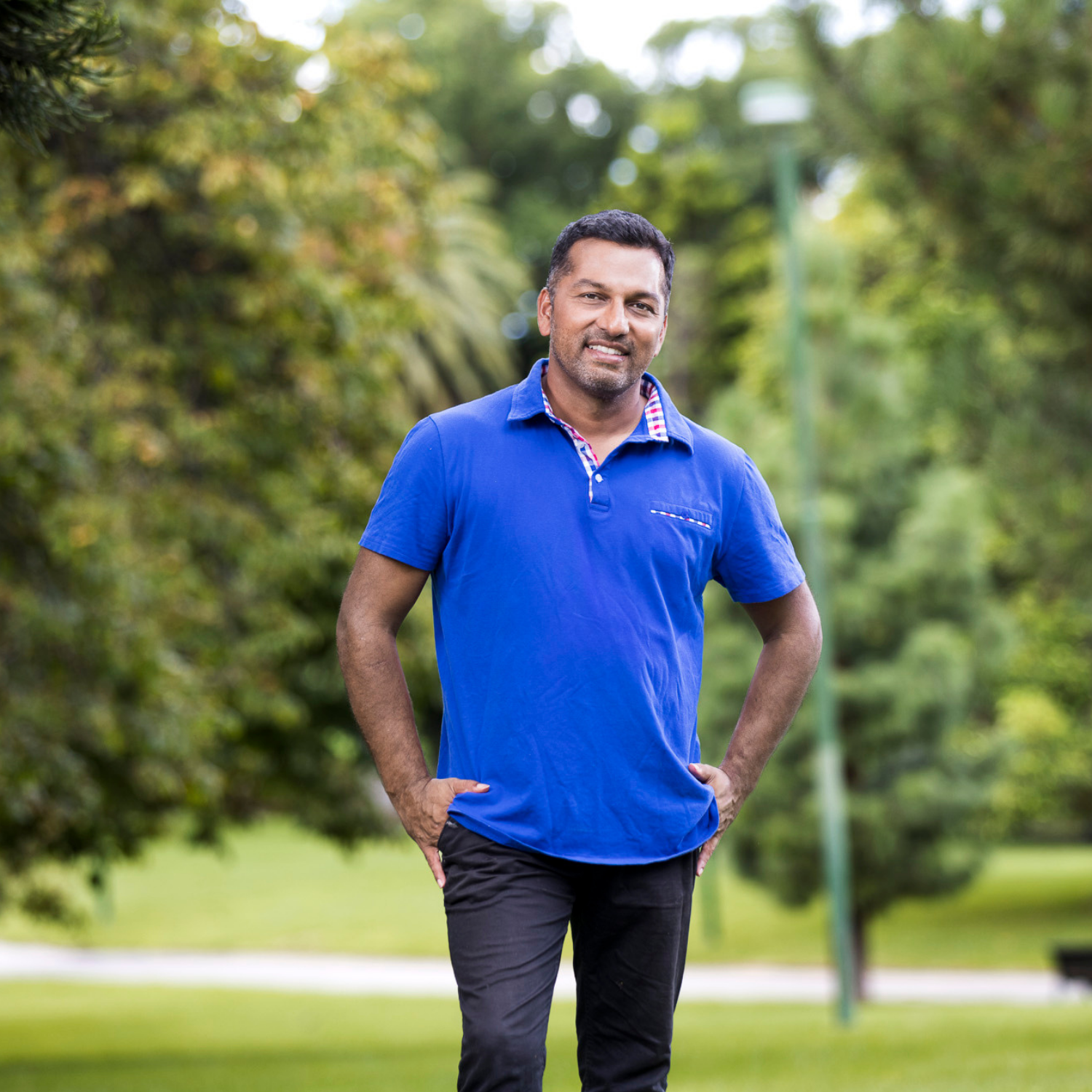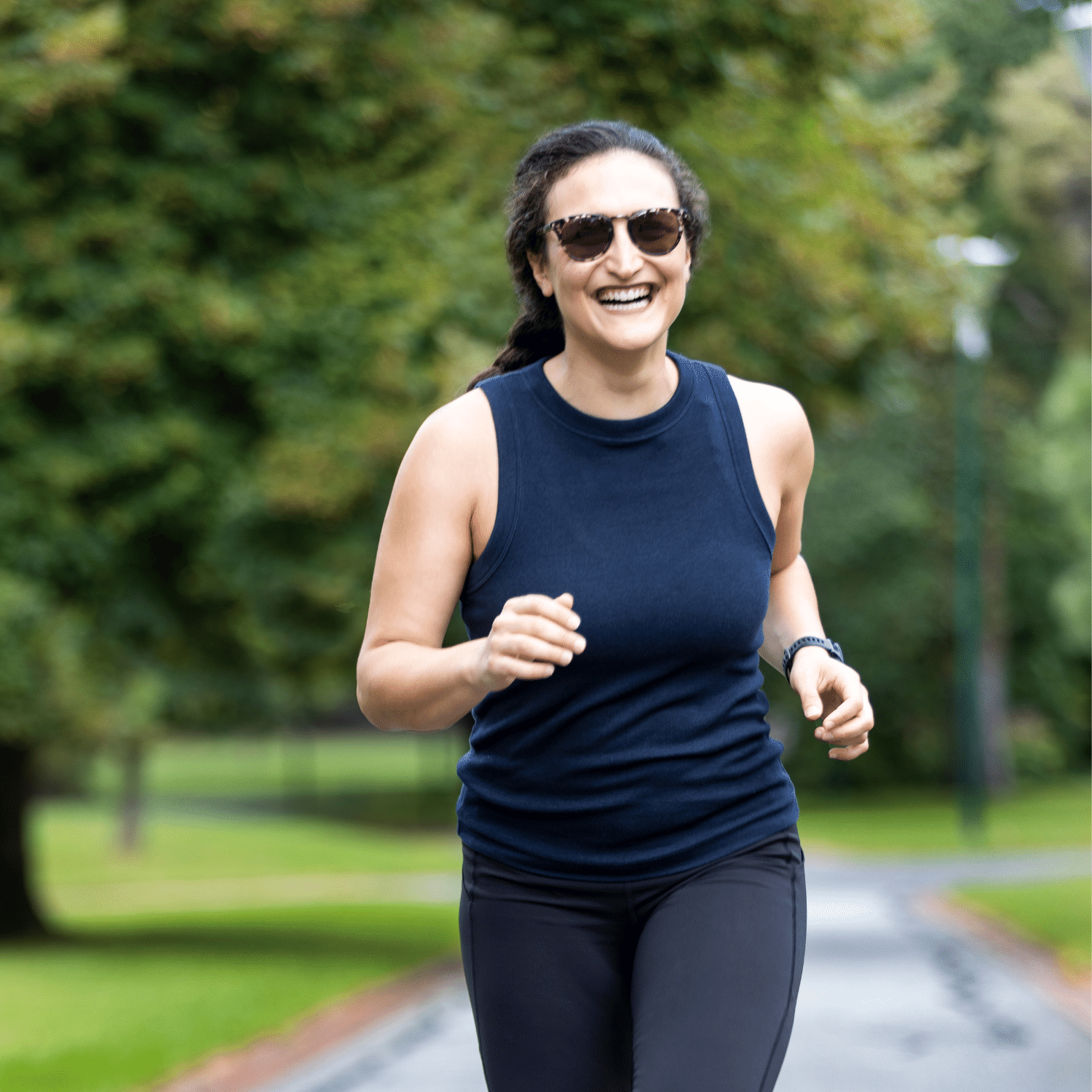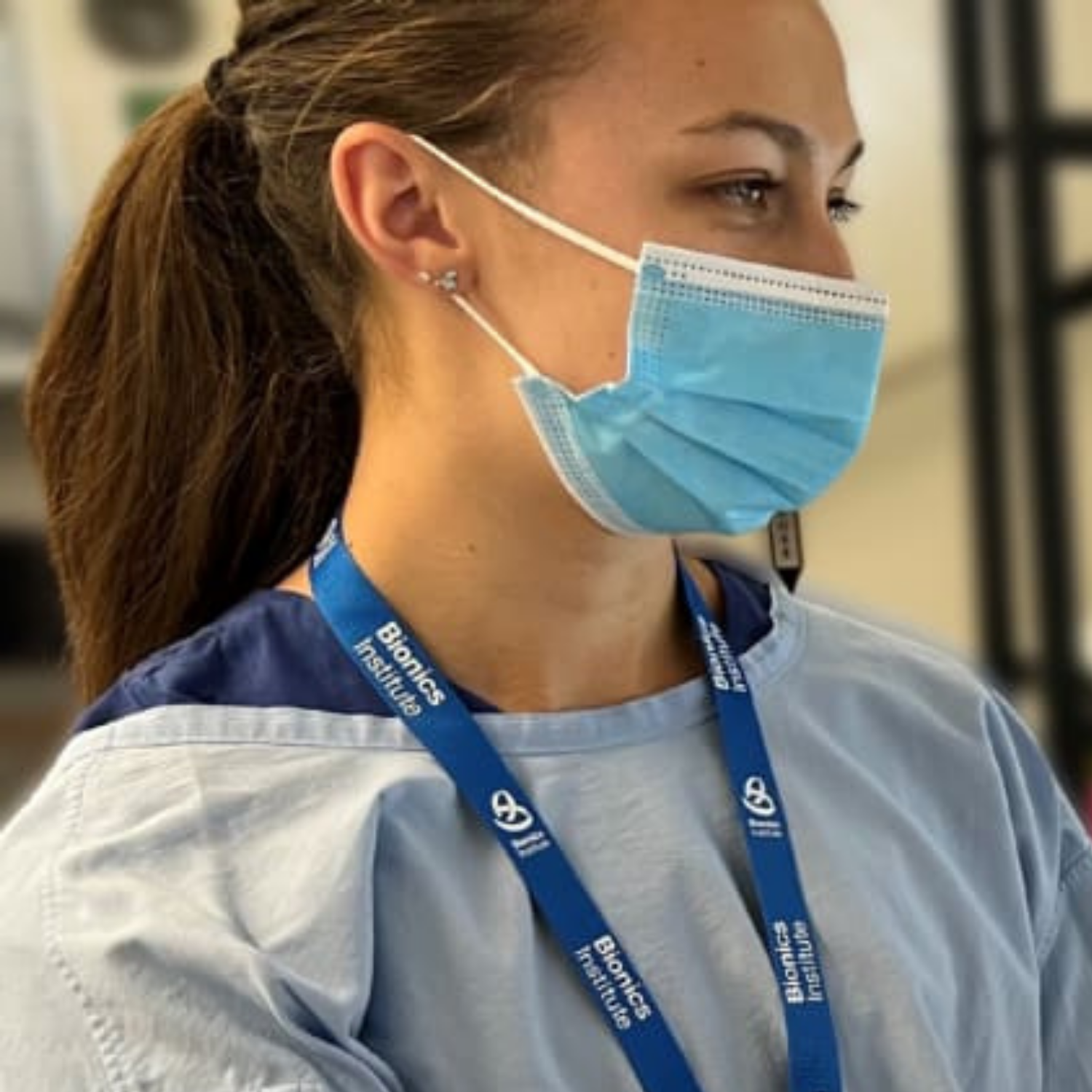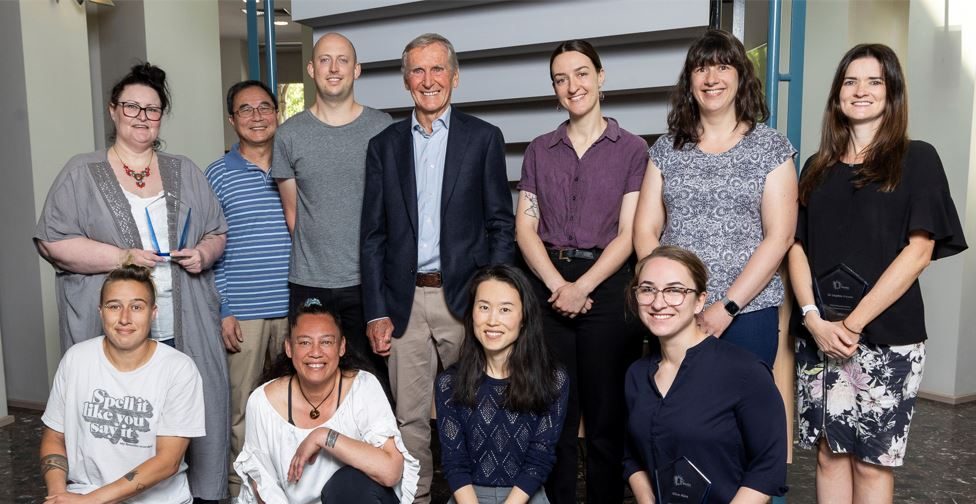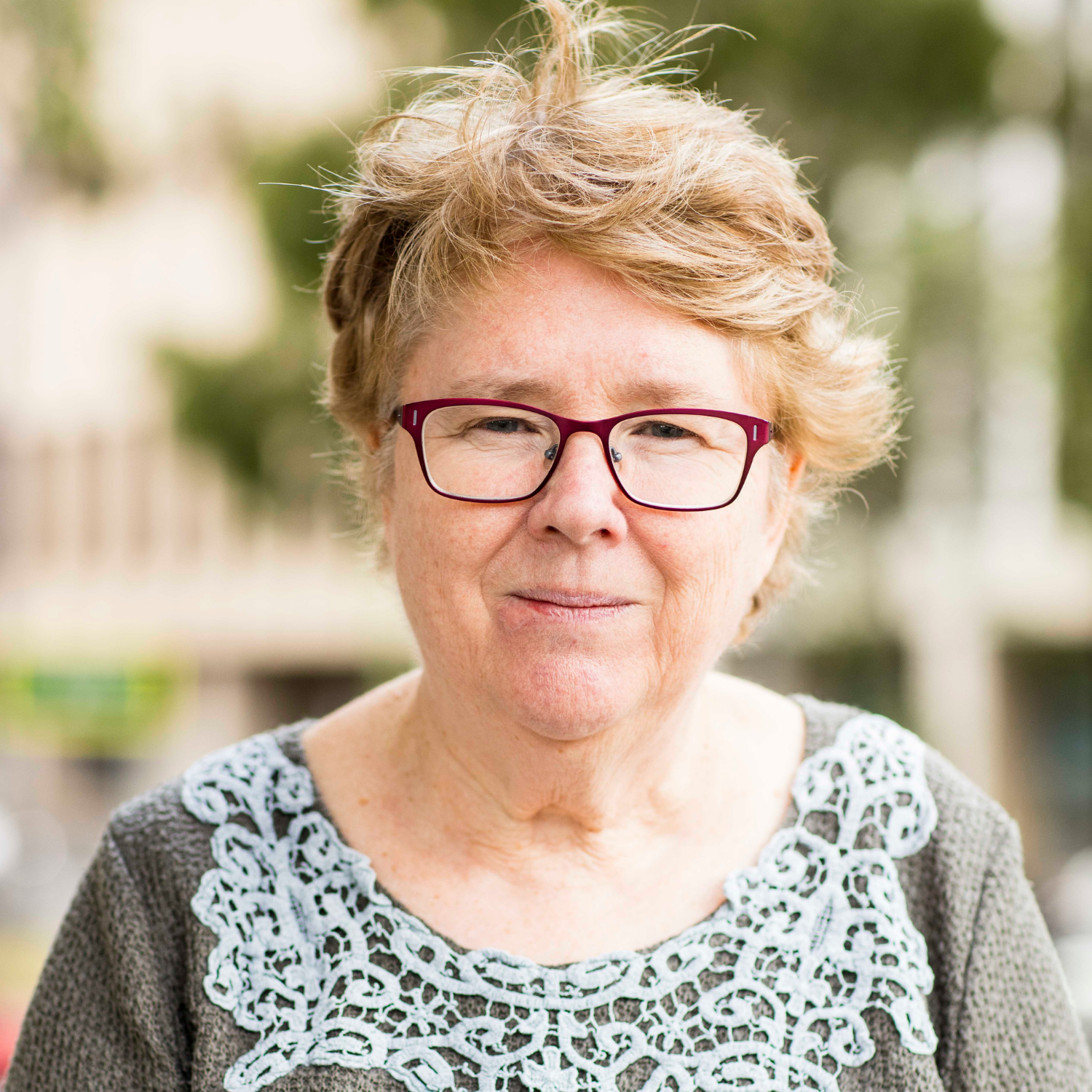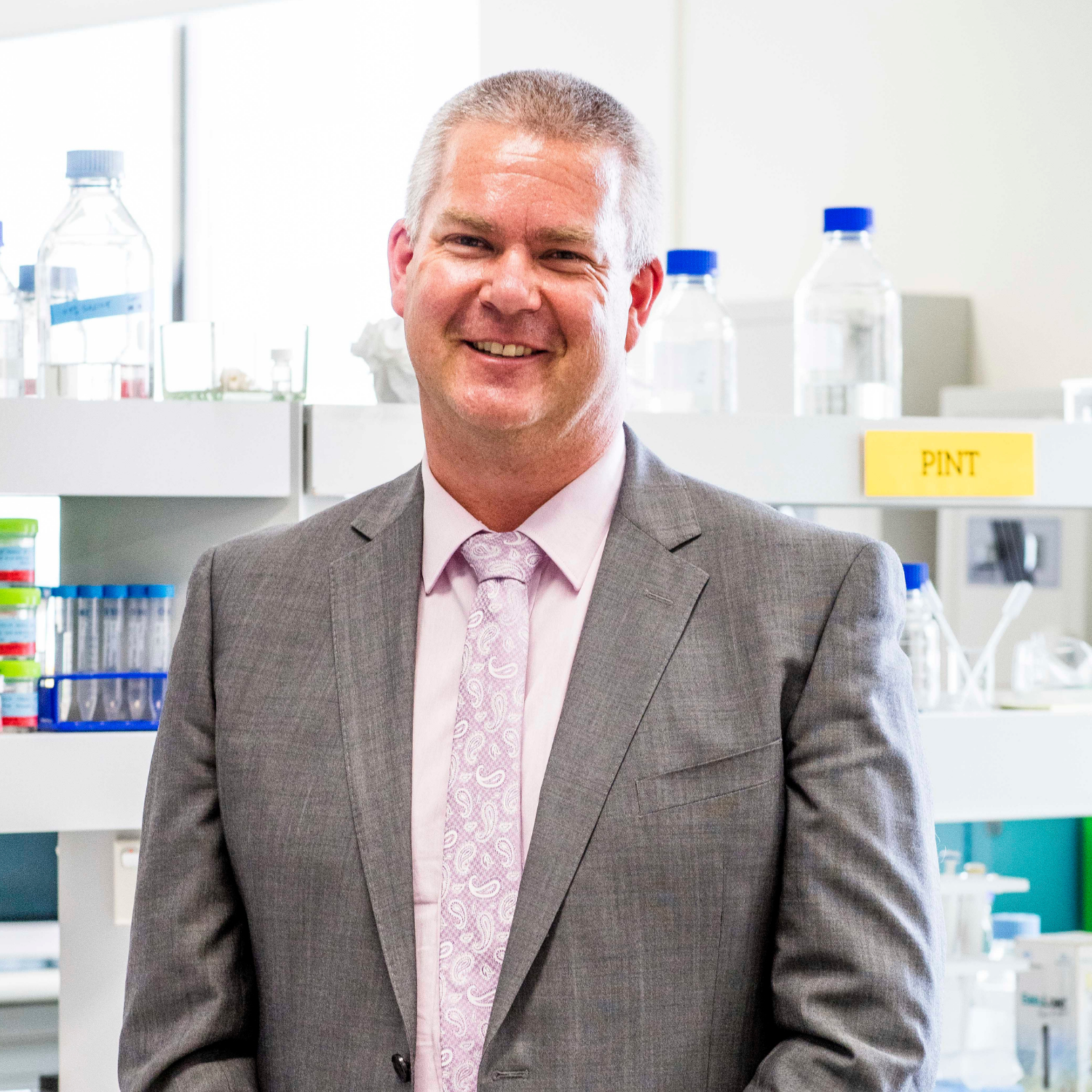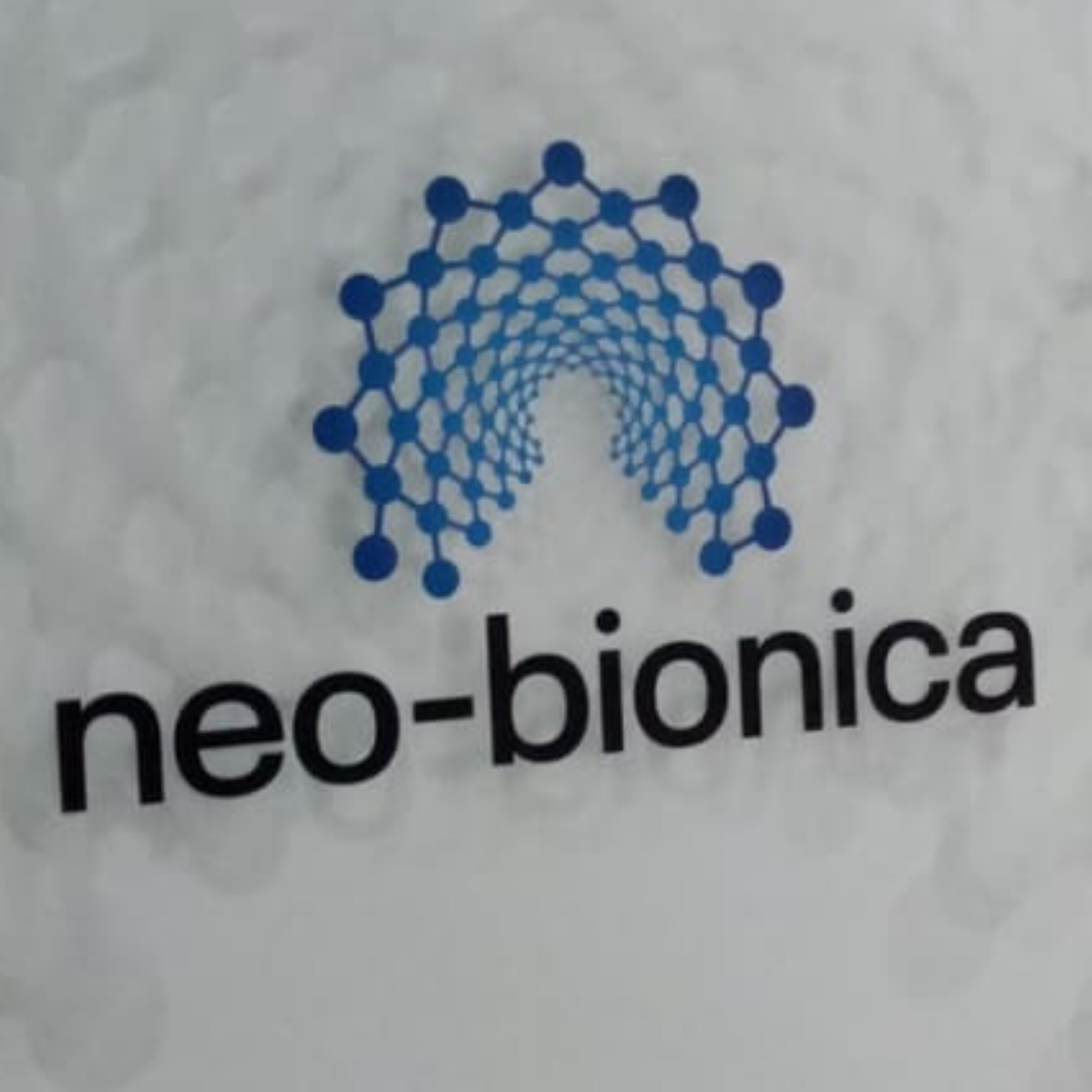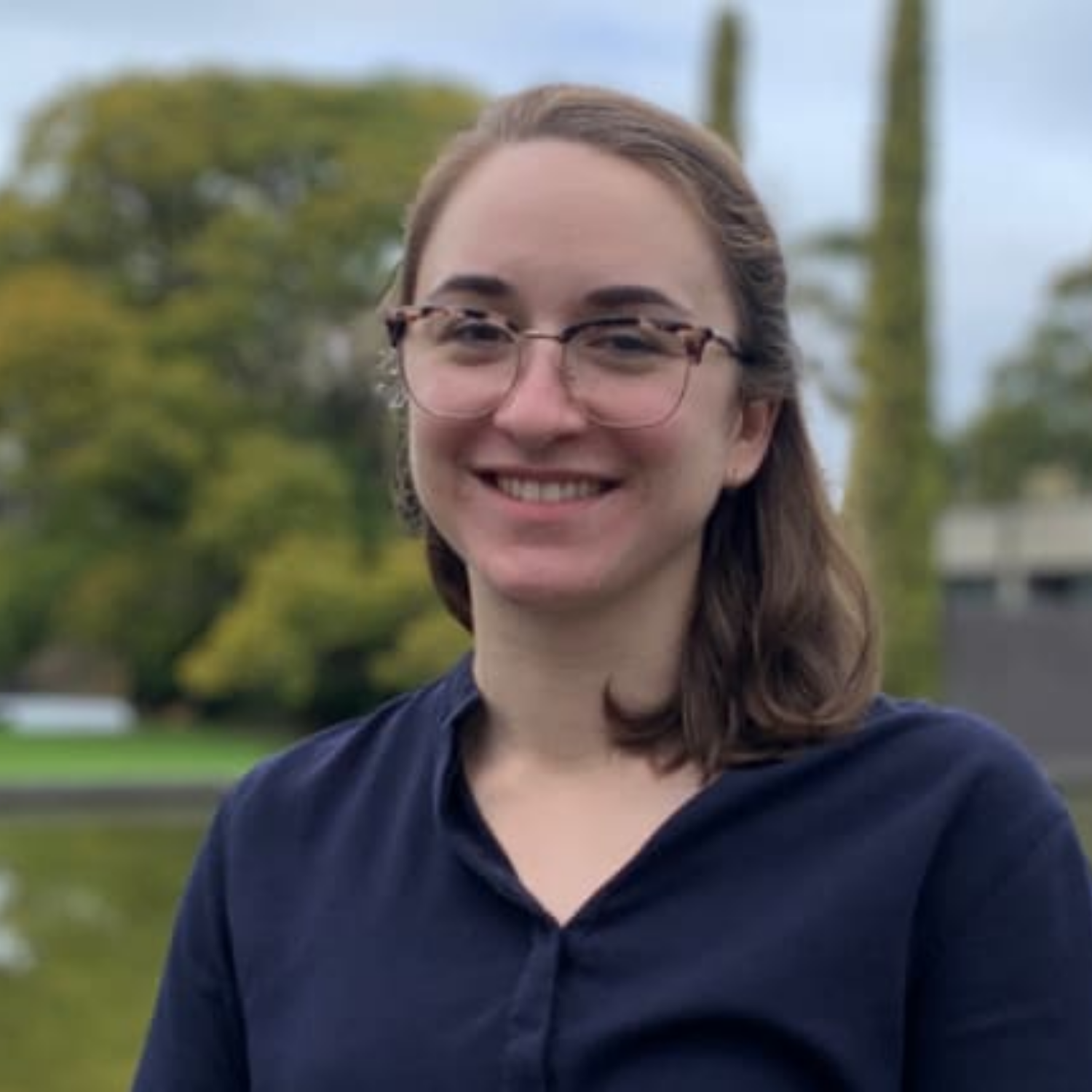Latest News
Meet Our Research Director
Electrical medical devices can be used to alter the activity of nerves to treat a wide range of diseases that aren’t responding to drug treatments.
At the core of this ‘electric medicine’ research lies the vagus nerve which runs from the brain to the gut and controls many processes in the body.
Meet Our Research Director
Associate Professor James Fallon first joined Bionics Institute to work as a Research Fellow in the Auditory Neuroscience research program and was the Lions International Hearing Research Fellow from 2008 to 2010.
In 2016 he became a Principal Research Fellow and was appointed Research Director of the Bionics Institute in 2017 and head of the Medical Bionics Department, University of Melbourne in 2019. He leads our electric medicine research. A/Prof Fallon says he didn’t set out to be in the field of medical research.
“The way I ended up here was following interesting things and working with interesting people, and that’s really been my motivator – to work with interesting people on challenging topics,” he said.
A key example of this, and a personal career highlight for James, is the ground-breaking pelvic nerve research and development of a new vagus nerve device, explained by Dr Payne in our next article.
He said: “For the first time we’re getting clever about listening to what’s happening in the nerves. Our aim is to harness the body’s own signaling system with our medical devices.
The vagus device began as the seed of an idea for the treatment of inflammatory bowel disease and has now, within only 4 years, got to clinical trial stage….To see an idea we’ve come up with and worked on potentially be used to help a patient is pretty exciting
Not only that, but the team have also been able to translate the device into a potential treatment option for other conditions as well, including diabetes and arthritis.
“For me that’s the key. To translate a good idea; to inspire other researchers to drive their own research; and more importantly to translate a good idea into a commercial product so that it makes it into the clinic and ultimately improves patients’ lives.“
“At the Bionics Institute that’s what we want to do and what we focus on.”



